- 3 Get around
- 11 Stay safe
Tortuga (French: Île de la Tortue) is an island just north of the Haitian mainland.

Understand [ edit ]
The island was named "tortuga" (Spanish for turtle) by Christopher Columbus, who discovered it during one of his voyages. It soon after became a haven for pirates. It fell outside the jurisdiction of the East India Trade Company and Royal Navy, so anarchy and unruliness became the norm. It was featured in the modern-day film, Pirates of the Caribbean .
Talk [ edit ]
You won't have problems finding English-speaking people here. Communication is very easy on the island compared to the rest of the country.
Get in [ edit ]
There are boats from nearby Port-de-Paix to Basse-Terre, a coastal fishing port on the island. Transport is then possible to the nearby local capital via a little dinghy that brings you to a set of moored sailboats that set sail to the island when full. Foreigners (identified as anyone with white skin) pay more for passage.
If you want to visit the island on a day trip, go as early as possible.
Get around [ edit ]

Public transport is done by motorbikes. The prices can be a bit funny. Lots of negotiating might be required. You might see one car but there are no taxis. To get to the other side of the island is too steep for motorbikes, so you can go with them to a certain point, and then walk from there. There are no more motorbikes after the last sailboat arrival, or after dark.
See [ edit ]
The island has pristine beaches, which you will probably have all to yourself. Along with this, there are a few public buildings including churches and a school.
Do [ edit ]
Buy [ edit ], eat [ edit ].
You can find shacks. There might be a proper restaurant in one of the hotels up on the hill.
Drink [ edit ]
Not much of a nightlife on Tortuga: the island basically closes down between sunset and sunrise.
The few bars on the island feature local and imported beer as well as hard liquor, but the stock is very limited. If they don't have what you're looking for, you can ask them to get it for you from the mainland. Most of the time you will end up paying in advance and then waiting a few hours till the next boat leaves and comes back.
Sleep [ edit ]
There are about three hotels, powered by generators which may or may not have fuel at any given time. Don't expect your room to have a ceiling fan, a working air conditioner, or even running water.
Connect [ edit ]
There is no electricity on the island. The little stores have solar panels (one normally), so at the bar there might be music and one light bulb lit up. However, cell phone reception (with data!) is available. Just don't expect to be able to charge your battery.
Stay safe [ edit ]
Unfortunately, the island has not departed from its old pirate days. It is still known as a hotspot for smuggling to America, and a number of drug lords live in huge mansions overlooking the ocean.
Go next [ edit ]
- Haiti mainland
- Has default banner
- Has mapframe
- Maps with non-default size
- Has Geo parameter
- Northern Haiti
- All destination articles
- Outline cities
- Outline articles
- City articles
- Pages with maps
Navigation menu

12 Things You Should Know Before Visiting The Island Of Tortuga
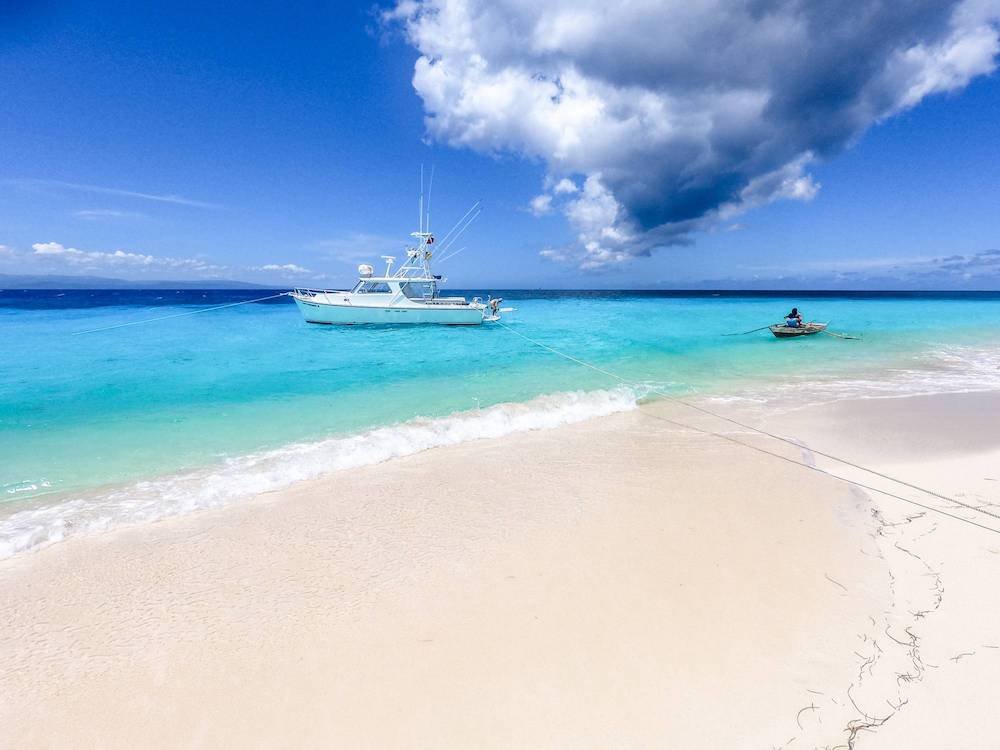
The island of Tortuga is a jewel in the Caribbean , beckons with its pristine beaches, lush landscapes, and a captivating cultural tapestry.
Nestled amidst turquoise waters, this enchanting island has become a coveted destination for travelers seeking an idyllic retreat.
Named after the Spanish word for “turtle,” Tortuga boasts not only a rich history but also a vibrant ecosystem that promises unforgettable experiences.
Picture yourself lounging on powdery white sands, surrounded by the gentle rustle of palm trees, or exploring the charming villages that dot the island.
With its diverse offerings, Tortuga is more than just a destination; it’s a gateway to a world of natural wonders and cultural marvels.
Visiting Tortuga requires more than just the eagerness for adventure; meticulous preparation is the key to unlocking a seamless and rewarding experience.
In this paradisiacal haven, where the azure skies meet the crystalline sea, preparation ensures that every moment is savored without any unwarranted hiccups.
Whether you are a first-time traveler or a seasoned globetrotter, understanding the nuances of Tortuga’s unique charm is crucial.
From the nuances of the local culture to practical aspects like weather conditions and travel logistics, a well-prepared visitor is poised to make the most of their time on the island.
As we delve into the intricacies of what makes Tortuga a destination like no other, let’s explore the important things you need to know before you set foot on its shores.
1. Climate and Weather

Overview of Tortuga’s Climate
Tortuga Island basks in a tropical climate that sets the stage for a sun-kissed paradise. The island experiences two distinct seasons: the dry season and the wet season. Understanding the nuances of Tortuga’s climate is essential for planning an itinerary that aligns with your preferences and desired activities.
The dry season, spanning from December to April, graces visitors with balmy temperatures and clear skies. This period is ideal for those seeking to indulge in water activities, explore the hiking trails, or simply laze on the beaches. The wet season, which runs from May to November, introduces occasional rain showers, nurturing the island’s lush vegetation. While the occasional rain may interrupt outdoor plans, it also contributes to the vibrant greenery that defines Tortuga’s landscapes.
Best Time to Visit
Choosing the optimal time to visit Tortuga depends on the experiences you seek. The dry season is a popular choice for sun-seekers, offering a higher chance of uninterrupted beach days and outdoor adventures. If you are a nature enthusiast, the wet season might appeal to you, as it brings out the island’s natural beauty in full bloom.
It’s worth noting that the months between December and April constitute the peak tourist season, bringing with it higher accommodation rates and bustling crowds. On the other hand, the wet season presents an opportunity for more budget-friendly travel and a quieter atmosphere, allowing visitors to savor the tranquility of Tortuga.
Packing Tips for Different Seasons
Packing for Tortuga requires a thoughtful approach, considering the island’s varying seasons. Here are essential packing tips tailored to each season:
Dry Season (December to April):
- Lightweight, breathable clothing for warm temperatures.
- Sunscreen, hats, and sunglasses for sun protection.
- Swimsuits and beachwear.
- Comfortable walking shoes for exploring.
Wet Season (May to November):
- Waterproof clothing and a compact umbrella.
- Quick-dry clothing for unpredictable rain showers.
- Insect repellent for tropical conditions.
- Sturdy, water-resistant footwear for muddy trails.
Regardless of the season, it’s advisable to pack essentials like a reusable water bottle, a first aid kit, and any necessary medications
2. Travel Logistics

Available Transportation Options
Before embarking on your journey to Tortuga Island, understanding the available transportation options is crucial for a smooth transition from mainland to paradise.
Tortuga offers a range of transportation modes catering to different preferences and budgets.
- Ferry Services: Tortuga is accessible by ferry from several nearby ports. These services provide a scenic journey, allowing travelers to witness the beauty of the Caribbean Sea before reaching the island.
- Private Boat Charters: For a more personalized experience, consider hiring a private boat charter. This option grants flexibility in terms of travel times and routes, ensuring a tailored approach to your arrival.
- Domestic Flights: Some visitors opt for domestic flights to Tortuga, providing a quick and convenient mode of transportation. Local airlines operate regular flights to the island, connecting it with major hubs in the region.
Proximity to Major Airports and Ports
Understanding the proximity of Tortuga to major airports and ports is vital for efficient travel planning. While Tortuga itself doesn’t have an airport, the island is well-connected to nearby hubs:
- La Isabela International Airport (JBQ): Located in Santo Domingo, Dominican Republic, La Isabela International Airport is a common starting point for travelers heading to Tortuga. From here, ferry services and private charters can be arranged.
- Port-au-Prince International Airport (PAP): For those coming from Haiti, Port-au-Prince International Airport is another gateway to Tortuga. Ferry services and private boat charters are available for the onward journey.
- Local Ports: Tortuga is accessible by ferry from ports such as Cap-Haïtien in Haiti and Puerto Plata in the Dominican Republic. These ports serve as embarkation points for an enchanting sea voyage to the island.
Visa Requirements and Travel Documents
Navigating the visa requirements and ensuring you have the necessary travel documents are pivotal steps in preparing for your Tortuga adventure.
- Visa Regulations: Check the visa requirements for entry into the Dominican Republic or Haiti, depending on your chosen route. Verify the duration of stay permitted under the tourist visa and any specific entry conditions.
- Passport Validity: Ensure your passport is valid for at least six months beyond your planned departure date. Some countries may have specific passport validity requirements, so double-check the regulations applicable to your nationality.
- Entry Fees: Be aware of any entry fees or taxes that may apply upon arrival in Tortuga. These fees can vary, so it’s prudent to have the necessary amount in the local currency.
3. Accommodations

Types of Accommodations Available on the Island
Tortuga Island offers a diverse range of accommodations, ensuring there’s a perfect haven for every type of traveler.
From beachfront resorts to charming guesthouses, the island caters to various preferences.
Here are some types of accommodations you can consider:
- Beach Resorts: Experience luxury amidst the natural beauty of Tortuga by choosing one of the beach resorts. These establishments often offer a range of amenities, including spa services, water sports facilities, and private beach access.
- Guesthouses and Bed & Breakfasts: For a more intimate and local experience, guesthouses and B&Bs provide cozy accommodations with personalized service. Engage with the community and enjoy the comforts of a home away from home.
- Eco-Lodges: Embrace the natural surroundings of Tortuga by opting for eco-friendly lodges. These accommodations prioritize sustainability and offer a unique experience for environmentally conscious travelers.
- Vacation Rentals: Consider renting a villa or apartment if you prefer more privacy and independence. Vacation rentals allow you to create your schedule while enjoying the comforts of a fully-equipped home.
Popular Hotels or Resorts
Tortuga Island boasts an array of acclaimed hotels and resorts, each offering a distinct ambiance and set of amenities.
Here are some popular choices that consistently receive positive reviews from visitors:
- Azure Haven Resort: Nestled along the pristine shores, this resort is renowned for its luxurious accommodations, gourmet dining options, and panoramic views of the Caribbean Sea.
- Tropical Retreat Hotel: Ideal for those seeking a blend of comfort and affordability, this hotel provides a central location, friendly staff, and well-appointed rooms.
- Seaside Paradise Villas: Perfect for families or larger groups, these villas offer spacious accommodations with private pools, ensuring a tranquil and exclusive retreat.
Booking Tips and Recommendations
When booking accommodations on Tortuga Island, consider the following tips to enhance your overall experience:
- Book in Advance: Especially during the peak tourist season, securing your accommodation in advance is advisable. This ensures availability and often comes with better rates.
- Read Reviews: Gain insights from fellow travelers by reading reviews on various booking platforms. Look for reviews that highlight aspects important to you, such as location, cleanliness, and customer service.
- Check Cancellation Policies: Given the unpredictability of travel, opt for accommodations with flexible cancellation policies. This provides a safety net in case your plans need adjustment.
- Explore Package Deals: Some resorts offer package deals that include accommodation, meals, and activities. Explore these options to potentially save on overall costs and streamline your planning.
4. Local Cuisine

Overview of Traditional Tortugan Dishes
Tortuga Island is not only a feast for the eyes but also a culinary haven, offering a delightful array of traditional dishes that reflect the island’s rich cultural heritage.
Exploring the local cuisine is an integral part of the Tortugan experience, allowing visitors to savor the unique flavors and ingredients that define the island’s gastronomy.
- Coco Frio: A refreshing beverage, Coco Frio is a drink made from chilled coconut water served straight from the coconut. It’s the perfect companion for warm days on the beach, providing hydration with a touch of tropical sweetness.
- Conch Salad: Tortuga’s coastal location makes conch a staple in its cuisine. Conch salad, a zesty dish combining fresh conch, citrus juices, peppers, and herbs, offers a flavorful and refreshing taste of the sea.
- Rice and Peas: A classic side dish, rice and peas is a savory combination of rice, pigeon peas, coconut milk, and various spices. It’s a staple that accompanies many main dishes, providing a taste of the island’s culinary traditions.
Recommended Local Restaurants and Eateries
To truly immerse yourself in Tortugan cuisine, consider dining at some of the island’s acclaimed restaurants and eateries:
- Seafront Bistro: Overlooking the azure waters, this bistro is celebrated for its seafood delicacies. From grilled lobster to conch fritters, the menu showcases the freshest catches, prepared with a culinary finesse.
- Mango Grove Cafe: Nestled amidst lush greenery, this cafe offers a fusion of traditional Tortugan dishes and international flavors. The laid-back atmosphere and flavorful dishes make it a favorite among both locals and visitors.
- Island Spice Grill: For those seeking a taste of local spices and bold flavors, Island Spice Grill is a must-visit. From jerk chicken to plantain dishes, the menu captures the essence of Tortugan culinary diversity.
Dietary Considerations for Visitors
When indulging in Tortugan cuisine, it’s essential to consider dietary preferences and restrictions.
Here are some tips for visitors with specific dietary considerations:
- Vegetarian and Vegan Options: While Tortugan cuisine is rich in seafood, many restaurants offer vegetarian and vegan options. Look for dishes featuring tropical fruits, vegetables, and plant-based proteins.
- Gluten-Free Choices: Communicate any gluten-related dietary restrictions to restaurant staff, as some traditional dishes may contain wheat-based ingredients. Many establishments, however, are accommodating and can tailor meals to meet specific dietary needs.
- Allergies and Dietary Restrictions: Inform restaurant staff of any allergies or dietary restrictions to ensure a safe dining experience. Chefs are often willing to customize dishes to accommodate individual needs.
5. Language and Communication

Primary Language Spoken on the Island
The linguistic landscape of Tortuga Island reflects its diverse cultural influences.
The primary languages spoken on the island are Haitian Creole and Spanish, owing to its proximity to both Haiti and the Dominican Republic.
While these languages are widely understood, it’s worth noting that many locals also have a proficiency in English, particularly in areas frequented by tourists.
Basic Local Phrases for Tourists
Engaging with the local community through language can significantly enhance your experience on Tortuga Island. Here are some basic phrases in Haitian Creole and Spanish that can be useful for tourists:
Haitian Creole:
- Bonjour – Good morning
- Bonswa – Good evening
- Orevwa – Goodbye
- Tanpri – Please
- Mèsi – Thank you
- Kijan ou ye? – How are you?
- Mwen byen, mèsi – I’m fine, thank you
- Kote WC la? – Where is the restroom?
- Hola – Hello
- Buenas noches – Good night
- Adiós – Goodbye
- Por favor – Please
- Gracias – Thank you
- ¿Cómo estás? – How are you?
- Estoy bien, gracias – I’m fine, thank you
- ¿Dónde está el baño? – Where is the restroom?
Learning and using these phrases not only facilitates communication but also demonstrates respect for the local culture, fostering positive interactions with residents.
Language Challenges and Solutions
While English is widely understood in tourist areas, language challenges may arise in more remote locations or when interacting with individuals who primarily speak Haitian Creole or Spanish. Here are some common challenges and solutions:
- Language Barrier: In areas where English may not be prevalent, a language barrier can pose challenges. However, locals are often patient and appreciative of efforts to communicate. Utilizing basic phrases, gestures, and translation apps can bridge communication gaps.
- Guided Tours and Services: Opting for guided tours or services that offer English-speaking guides can be a solution for those less confident in Haitian Creole or Spanish. Guides provide valuable insights, enhance the experience, and assist with communication.
- Translation Apps: Modern technology offers a helpful solution to language challenges. Utilize translation apps on your smartphone to facilitate real-time communication. These apps can translate spoken language, text, and even images.
6. Cultural Etiquette
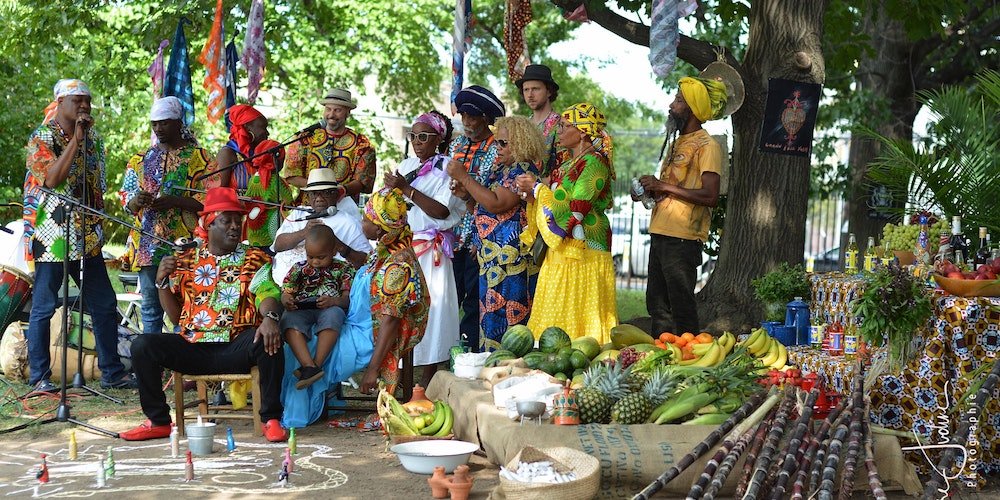
Overview of Tortugan Culture
Tortuga Island, with its rich history and diverse influences, boasts a vibrant cultural tapestry that captivates visitors.
Understanding and respecting the local culture is an integral part of any journey to this enchanting destination.
- Cultural Fusion: Tortugan culture is a harmonious blend of Haitian and Dominican influences, creating a unique identity that is reflected in the island’s art, music, and traditions.
- Celebrations and Festivals: The island comes alive during various celebrations and festivals, where locals showcase their vibrant traditions through dance, music, and colorful costumes. These events provide a wonderful opportunity for visitors to immerse themselves in the local culture.
Customs and Traditions
To navigate Tortuga’s cultural landscape with respect and understanding, it’s essential to be aware of some of the customs and traditions that hold significance on the island:
- Greeting Etiquette: A warm and friendly greeting is customary in Tortuga. A handshake or a simple “Bonjour” or “Hola” is a polite way to initiate interactions.
- Respect for Elders: Showing respect to elders is deeply ingrained in Tortugan culture. If you’re unsure about local customs, observing and following the lead of locals can guide your behavior.
- Traditional Clothing: During special occasions and festivals, locals may wear traditional clothing that reflects the island’s cultural heritage. It’s respectful to admire and appreciate these garments without intruding on personal space.
Respectful Behavior for Tourists
Respecting the local culture is crucial for fostering positive interactions and leaving a lasting impression as a responsible traveler. Here are some tips on respectful behavior for tourists in Tortuga:
- Cultural Sensitivity: Be mindful of cultural nuances, avoiding behaviors that may be considered disrespectful. For instance, it’s customary to ask for permission before taking photographs of individuals or during cultural events.
- Conservation Efforts: Tortuga is home to unique flora and fauna, and conservation is a shared responsibility. Follow designated paths, adhere to environmental guidelines, and participate in responsible tourism practices to contribute to the preservation of the island’s natural beauty.
- Support Local Artisans: Purchase locally crafted souvenirs and artwork to support the island’s artisans. This not only provides meaningful mementos but also contributes to the local economy.
- Learn Basic Phrases: Demonstrating an effort to speak the local language, even if only a few phrases, is appreciated. Locals often respond positively when visitors show an interest in their culture and language.
7. Safety Tips

Overview of Safety Conditions on the Island
Tortuga Island, with its serene landscapes and warm hospitality, generally maintains a safe environment for visitors.
However, like any travel destination, it’s important to be mindful of safety considerations to ensure a secure and enjoyable experience.
- Local Authorities: Familiarize yourself with local laws and regulations. While Tortuga is known for its welcoming atmosphere, respecting local rules contributes to a safe and harmonious visit.
- Weather Awareness: Stay informed about weather conditions, especially during the hurricane season. While the island has effective disaster management systems in place, it’s essential for visitors to be aware of any weather-related advisories.
Health Precautions and Vaccinations
Prioritizing your health is crucial when traveling to any destination. Here are some health precautions and vaccination recommendations for visitors to Tortuga:
- Routine Vaccinations: Ensure your routine vaccinations, such as measles, mumps, rubella, diphtheria, and tetanus, are up to date before traveling.
- Hepatitis A and B: Consider getting vaccinated for hepatitis A and B, as these diseases can be transmitted through contaminated food and water.
- Mosquito Protection: As with many tropical destinations, Tortuga may have mosquitoes. Use insect repellent, wear long sleeves and pants, and consider a bed net to protect against mosquito-borne illnesses.
- Safe Food and Water Practices: Consume only properly cooked food and drink bottled or treated water. Avoid street food if you are unsure about its preparation.
8. Wildlife and Nature
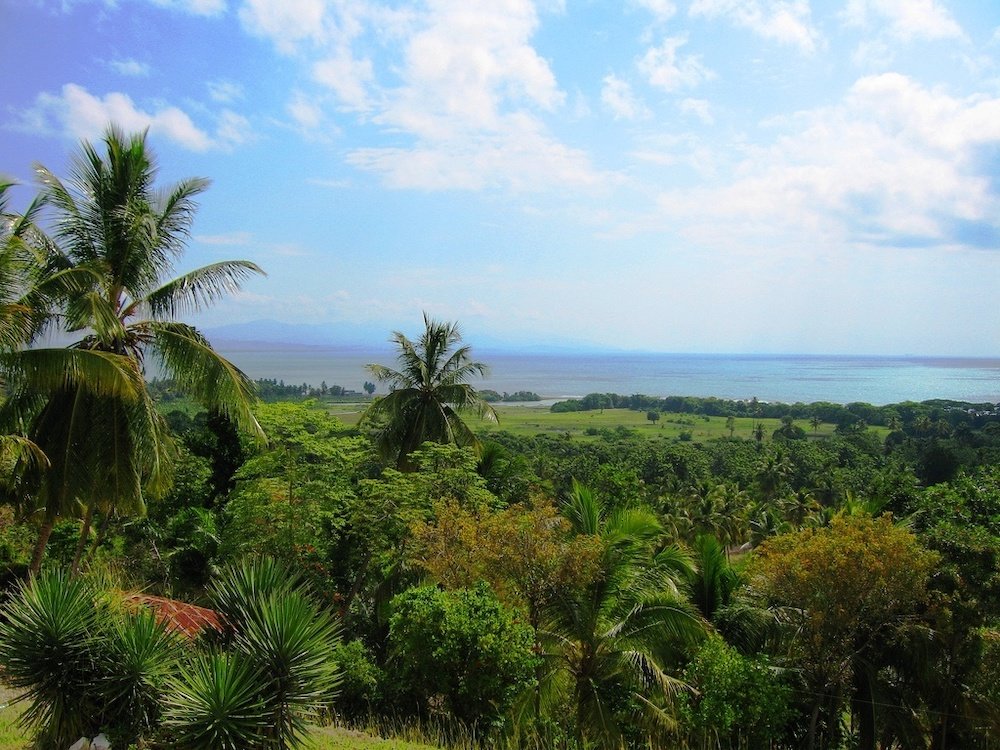
Unique Flora and Fauna on Tortuga
Tortuga Island is a haven for nature enthusiasts, boasting a diverse range of flora and fauna that adds to its allure.
From pristine beaches to lush interiors, the island’s ecosystem showcases a remarkable variety of life:
- Marine Life: The surrounding waters are teeming with marine life, including colorful coral reefs, tropical fish, and even the occasional sea turtle. Snorkeling and diving enthusiasts will be treated to a mesmerizing underwater world.
- Avian Diversity: Tortuga is home to a variety of bird species, from coastal shorebirds to inland species. Birdwatchers will appreciate the opportunity to spot unique avian residents against the backdrop of the island’s natural beauty.
- Tropical Flora: The island’s landscapes are adorned with tropical flora, including palm trees, exotic flowers, and vibrant foliage. Nature walks through the interior reveal the rich botanical diversity that defines Tortuga.
Responsible Tourism and Conservation Efforts
Preserving Tortuga’s natural beauty is a collective responsibility, and as a visitor, there are ways to engage in responsible tourism and support conservation efforts:
- Leave No Trace: Respect the environment by adhering to the principles of “Leave No Trace.” Dispose of waste responsibly, avoid damaging vegetation, and stay on designated paths to minimize ecological impact.
- Support Conservation Initiatives: Learn about local conservation projects and consider contributing to or volunteering with organizations dedicated to preserving Tortuga’s ecosystems. This can include coral reef restoration, beach cleanups, or wildlife monitoring programs.
- Responsible Wildlife Interaction: If engaging in activities like snorkeling or wildlife tours, choose operators that prioritize responsible and sustainable practices. Maintain a respectful distance from wildlife and follow guidelines to minimize disturbance.
Outdoor Activities and Nature Tours
Immerse yourself in Tortuga’s natural wonders by partaking in outdoor activities and nature tours that showcase the island’s breathtaking landscapes:
- Snorkeling and Diving: Explore the vibrant underwater world surrounding Tortuga through guided snorkeling or diving excursions. Discover coral formations, marine life, and perhaps encounter gentle sea turtles.
- Nature Walks and Hiking Trails: Traverse the island’s interior on nature walks or hiking trails that offer glimpses of unique flora and fauna. Knowledgeable guides can provide insights into the ecological significance of different areas.
- Boat Tours: Embark on boat tours around the island to witness coastal beauty, explore hidden coves, and enjoy the tranquility of the Caribbean Sea. Some tours may include stops at key wildlife viewing areas.
9. Local Attractions
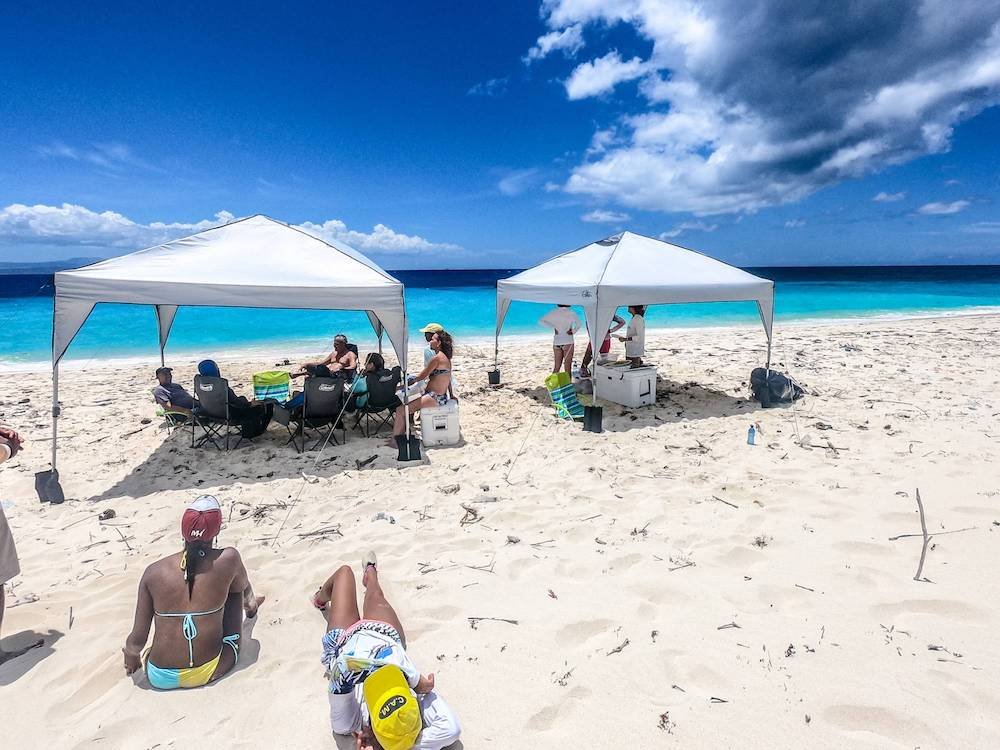
Must-Visit Landmarks and Attractions
Tortuga Island is adorned with captivating landmarks and attractions that weave together its rich history, natural beauty, and vibrant culture. Ensure you don’t miss these must-visit sites during your exploration:
- Pirate’s Cove: Embrace the island’s legendary past by visiting Pirate’s Cove, a scenic inlet rumored to be a favored hiding spot for pirates. The cove’s crystal-clear waters and dramatic cliffs offer a picturesque setting.
- Fort Santa Catalina: Delve into Tortuga’s maritime history by exploring Fort Santa Catalina. This well-preserved fortress dates back to the 17th century and provides panoramic views of the surrounding sea and landscapes.
- Tortuga Bay Beach: Relax on the pristine shores of Tortuga Bay Beach, a stretch of white sand bordered by turquoise waters. Whether you’re seeking sun-soaked tranquility or engaging in water activities, this beach is a haven for all.
Historical Sites and Museums
Immerse yourself in the island’s fascinating history by visiting historical sites and museums that offer glimpses into Tortuga’s past:
- Pirate Museum: Uncover the tales of legendary pirates who once roamed the Caribbean at the Pirate Museum. Exhibits showcase artifacts, maps, and stories that bring the island’s swashbuckling history to life.
- Tortuga Historical Center: Explore the Tortuga Historical Center to gain deeper insights into the island’s cultural heritage. Exhibitions span from indigenous influences to the colonial era, offering a comprehensive view of Tortuga’s evolution.
- Columbus House: Visit Columbus House, a historical site believed to have been visited by Christopher Columbus during his voyages. The site provides a connection to the island’s exploration and discovery.
Recommended Guided Tours
Maximize your exploration of Tortuga by opting for guided tours that offer informative insights and curated experiences:
- Island Discovery Tour: Embark on a comprehensive island discovery tour that covers key landmarks, historical sites, and natural wonders. Knowledgeable guides share anecdotes and facts, providing a holistic view of Tortuga.
- Snorkeling Adventure: Join a guided snorkeling adventure to explore the vibrant marine life surrounding the island. Professional guides ensure a safe and educational experience, making it an ideal activity for both beginners and experienced snorkelers.
- Cultural Walking Tour: Immerse yourself in the local culture with a guided cultural walking tour. Stroll through charming villages, interact with residents, and witness traditional customs that showcase the island’s authenticity.
10. Currency and Finances

Local Currency Information
Understanding the local currency is essential for seamless transactions and effective budgeting during your stay on Tortuga Island. The official currency used is:
- Dominican Peso (DOP): The Dominican Peso is the official currency of Tortuga Island. It’s advisable to familiarize yourself with the current exchange rates to make informed financial decisions during your visit.
Accepted Payment Methods
While the primary currency is the Dominican Peso, there are various payment methods accepted across the island:
- Cash: Cash is widely used for small transactions and in local markets. Ensure you have a sufficient amount of Dominican Pesos on hand, especially when visiting more remote areas where card payments may be less common.
- Credit and Debit Cards: Major credit and debit cards (such as Visa and Mastercard) are accepted at many hotels, restaurants, and larger establishments. However, it’s advisable to carry some cash for places that may not have card facilities.
- ATMs: ATMs are available in more populated areas, providing a convenient way to withdraw local currency. Check with your bank about international transaction fees and inform them of your travel plans to avoid any issues with using your cards abroad.
Budgeting Tips for Travelers
Efficient budgeting ensures a stress-free and enjoyable experience on Tortuga Island. Consider the following tips to manage your finances effectively:
- Exchange Currency in Advance: Exchange a small amount of currency before arriving on the island to cover immediate expenses. Local banks or currency exchange services can provide Dominican Pesos.
- Local Cuisine and Street Food: Explore local markets and street food stalls for affordable and authentic meals. Sampling local cuisine is not only a culinary delight but can also be budget-friendly.
- Water and Snacks: Carry a reusable water bottle to stay hydrated, and consider bringing snacks for outings. This can help you save on expenses and ensure you have provisions for excursions to more remote areas.
- Compare Prices: When shopping or booking tours, compare prices from different vendors to ensure you get the best value for your money. Be open to negotiating prices in local markets.
- Tipping Etiquette: While tipping is not always obligatory, it’s customary to leave a gratuity for good service, typically around 10% to 15% in restaurants. Check if a service charge is already included in your bill.
11. Souvenirs and Shopping
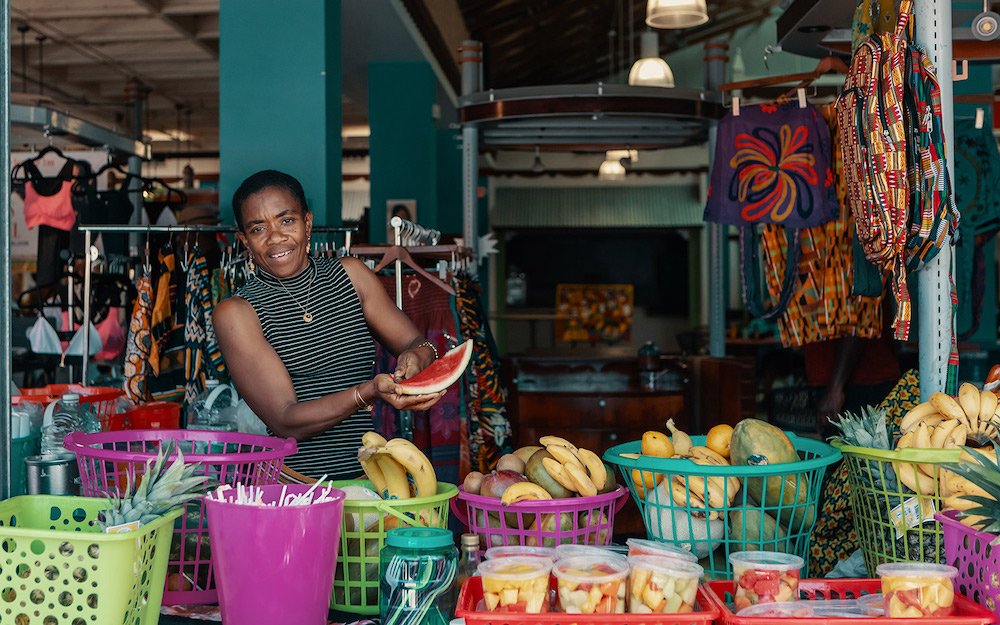
Popular Local Crafts and Products
Bringing home a piece of Tortuga Island through locally crafted souvenirs adds a special touch to your travel memories. Here are some popular local crafts and products to consider:
- Handwoven Textiles: Explore vibrant handwoven textiles, including traditional fabrics and garments that showcase the artistry of local craftsmen.
- Wooden Artwork: Talented artisans on Tortuga create exquisite wooden artwork, from carved sculptures to decorative items that reflect the island’s natural beauty.
- Seashell Jewelry: Adorn yourself with unique seashell jewelry, crafted from shells found along the island’s pristine beaches. These pieces often capture the essence of Tortuga’s coastal charm.
Best Shopping Areas and Markets
Discover the best shopping areas and markets on Tortuga Island, where you can find a diverse array of souvenirs and local products:
- Tortuga Artisan Market: Located in the heart of the island, the Tortuga Artisan Market is a hub for locally made crafts. Here, you’ll find an assortment of handmade goods, from jewelry to artwork, showcasing the talents of local artisans.
- Coastal Village Shops: Explore the charming shops in coastal villages, where you can discover unique souvenirs while enjoying the laid-back atmosphere. These shops often feature a variety of crafts and keepsakes.
- Beachfront Boutiques: Along the beachfront, you’ll find boutiques offering a curated selection of local products. From beachwear to handcrafted items, these boutiques provide a convenient shopping experience with a view.
Bargaining Tips for Tourists
Engaging in a bit of bargaining can be a customary part of the shopping experience on Tortuga Island. Here are some tips for tourists:
- Be Polite and Friendly: Approach bargaining with a friendly demeanor. Politeness can go a long way in negotiations, and a positive interaction often results in a better deal.
- Know the Local Customs: Understanding local customs regarding bargaining is crucial. In some markets, bargaining is expected, while in others, prices may be fixed. Observe the behavior of locals to gauge the appropriateness of negotiating.
- Start with a Counteroffer: When given a price, consider offering a counteroffer that is lower but still reasonable. This initiates the bargaining process and allows for a middle ground to be reached.
- Be Willing to Walk Away: If the price doesn’t align with your budget, be prepared to walk away. Often, this signals to the seller that you are serious about your budget, and they may be more willing to adjust the price.
- Buy in Bulk: If purchasing multiple items from the same vendor, inquire about the possibility of a bulk discount. Sellers may be more accommodating when it comes to larger transactions.
12. Hidden Gems and Off-the-Beaten-Path Adventures

Lesser-Known Attractions and Sites
Tortuga Island harbors hidden gems and lesser-known attractions that offer a more intimate and authentic experience. Explore these off-the-beaten-path sites to uncover the island’s hidden treasures:
- Secret Coves and Beaches: Venture beyond the popular beaches to discover secret coves and hidden stretches of sand. These secluded spots often provide tranquility and a more private connection with Tortuga’s coastal beauty.
- Inland Waterfalls: Delve into the island’s interior to find enchanting waterfalls tucked away in lush landscapes. These lesser-known natural wonders are ideal for those seeking a refreshing escape and a chance to connect with nature.
- Local Art Studios: Visit local art studios and galleries that may not be as widely recognized. Engage with resident artists, learn about their creative processes, and acquire unique artworks directly from the source.
Unique Experiences Away from the Tourist Crowds
Escape the tourist crowds and embark on unique experiences that showcase the authentic charm of Tortuga Island:
- Community Events: Check for local community events, festivals, or gatherings. These occasions provide an opportunity to engage with locals, participate in traditional celebrations, and witness the island’s vibrant community spirit.
- Fishing with Locals: Join local fishermen for an authentic fishing experience. This not only allows you to learn traditional fishing techniques but also provides insights into the vital role fishing plays in the island’s culture.
- Cooking Classes: Seek out cooking classes hosted by locals where you can learn to prepare traditional Tortugan dishes. This hands-on experience not only enhances your culinary skills but also provides a deeper understanding of local flavors.
Tips for Discovering Tortuga’s Hidden Treasures
Navigate the quest for Tortuga’s hidden treasures with these tips:
- Connect with Locals: Engage with locals and seek their recommendations for lesser-known attractions. Residents often have insights into hidden gems that may not be widely publicized.
- Explore on Foot: Wander through villages and less-explored areas on foot. Walking allows you to discover charming nooks and crannies that might be missed when traveling by vehicle.
- Ask Locals for Directions: If there’s a specific hidden gem you’re looking for, don’t hesitate to ask locals for directions. They may provide valuable guidance or even accompany you to the off-the-beaten-path location.
- Travel During Off-Peak Hours: Visit popular attractions during off-peak hours to avoid crowds, and take advantage of quieter moments to explore hidden gems without the distraction of many tourists.
- Utilize Local Guides: Consider hiring local guides who specialize in showcasing hidden gems. They possess in-depth knowledge of the island’s secrets and can tailor experiences to your interests.
As you set out to discover the enchanting beauty of Tortuga Island, remember that the magic lies not just in its picturesque landscapes but also in the rich tapestry of its culture, history, and warm-hearted community.
Embrace the opportunity to connect with this hidden gem of the Caribbean, savoring each moment and creating lasting memories.
From the tranquil beaches to the vibrant markets, from the hidden waterfalls to the bustling villages, Tortuga has much to offer to those willing to explore beyond the obvious.
Whether you’re seeking relaxation, adventure, or a cultural immersion, the island welcomes you with open arms.
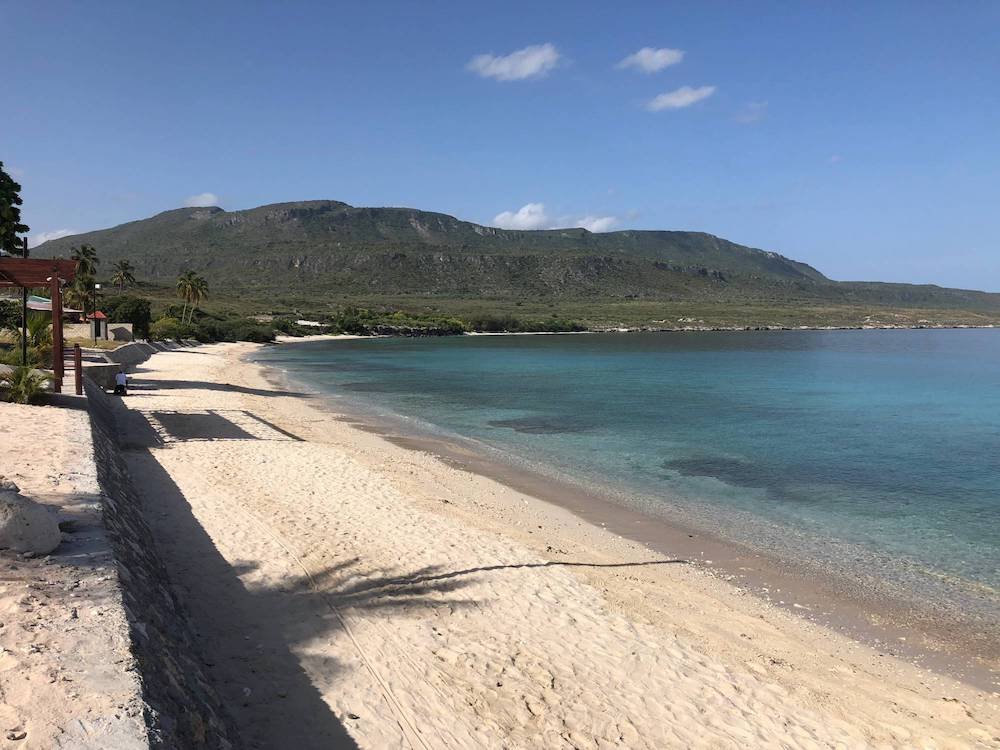
FAQ’s About the Island of Tortuga:
Why is tortuga island famous.
Tortuga Island gained fame primarily due to its historical association with pirates during the 17th century. It was a notorious haven for buccaneers and privateers, making it a symbol of pirate lore. The island’s name itself, “Tortuga,” means turtle in Spanish, possibly referring to the abundance of sea turtles in the surrounding waters. Today, Tortuga’s fame persists as a tropical paradise with a rich history and captivating allure.
Is it Worth Going to Tortuga Island?
Absolutely! Tortuga Island is worth visiting for a multitude of reasons. Its pristine beaches, diverse marine life, lush landscapes, and vibrant culture offer a unique and unforgettable experience. Whether you’re interested in historical sites, outdoor activities, or simply unwinding on secluded shores, Tortuga caters to a range of preferences. The island’s charm, combined with its hidden gems and warm hospitality, makes it a destination well worth exploring.
What Country Owns Tortuga?
Tortuga Island is located in the Caribbean Sea, and it is shared by two countries: Haiti and the Dominican Republic. The western part of the island belongs to Haiti, while the eastern part is part of the Dominican Republic. The division is a result of historical agreements between the two nations.
Does Anyone Live on Tortuga Island?
Yes, there are communities living on Tortuga Island. While it’s not heavily populated, there are villages and towns where residents engage in fishing, agriculture, and, to some extent, tourism-related activities. The population contributes to the island’s unique cultural identity, and interactions with locals can provide a deeper understanding of Tortuga’s way of life.
Can You Visit Tortuga Haiti?
Yes, you can visit the Haitian part of Tortuga Island. Access to the island is typically facilitated through boat tours from coastal towns in Haiti, with some tours offering the opportunity to explore specific areas of the island. Travelers interested in experiencing the Haitian side of Tortuga should plan accordingly, considering transportation options and guided tours for a more enriching visit.

(Island Expert)
Christian is a dynamic serial entrepreneur and a licensed real estate agent with a relentless passion for unlocking the potential of island real estate.Christian's expertise extends beyond entrepreneurship and property transactions.He possesses a profound expertise in crafting captivating content and persuasive copywriting tailored exclusively to the enchanting realm of island real estate.
We're a licensed real estate marketplace, enabling island owners to rent and sell their private islands to a global audience seeking to buy, book a holiday, or hire a unique event venue.
Contact Us:
- [email protected]
- Island Buyers Guide
- List an Island for Sale
- Book an Island Holiday
- Plan an Island Event
- Privacy Policy
- Terms & Conditions
Destinations
- Central America
- South America
- South Pacific
- United States
Subscribe to Our Newsletter
To stay informed and be the first to know about our latest updates and exclusive offers, be sure to subscribe to our newsletter.
© 2024. All rights reserved. Isle Keys Pty Ltd.
Thanks for your enquiry.
Check your email shortly for the ebook download link.
Download Island Buyers Guide Ebook
Please fill in your details below and we will send you this ebook via email
Email Address
Phone Number
Tortuga (Ile de la Tortue), Haiti - Map, Pirate History, Activities

Tortuga Island, also known as Ile de la Tortue in French, is a Caribbean island located off the northern coast of Haiti, going through Port-de-Paix across the sea. It was settled by European adventurers in 1629 with the intention of organizing a base related to the neighboring island of Hispaniola (now comprising Haiti and the Dominican Republic).
Tortuga Island covers an area of 180 square kilometers (69 rectangular miles). During the 17th century, it served as a chief middle for Caribbean pirates and a haven. Its tourism enterprise and references in many works have made it one of the most recognized areas in Haiti. The village of Lan Palmiste is situated at the very best location on the island.
Tortuga Map
The Pirate History of Tortuga

The "discoverer" of the Americas arrived at the island in early 1942 through the strait that separates it from another island (Hispaniola); even though it did not become the pirate paradise depicted in novels, many brilliant historical occasions did arise in that place.
The initial settlers on the island were not Spanish but English. In 1625, a giant organization of French people also arrived and started out planting (and trading) tobacco. They were called pirates because they used a smoking technique known as "bucán" for meat and leather.
The southern part of the island was ideal for his or her activities: it had a port, naturally protected through rocky bays, and inaccessible from the north due to cliffs, each by using sea and land.
In 1640, the French envoy Levasseur took control of the island. He commanded several squaddies and expelled the English, which became helpful for the pirates as they could easily keep meals and gunpowder. They failed to deliver their loot for months; however, they may want to depart it there because it turned into an afternoon's adventure from the island to the river mouths and ports of gift-day Haiti.
The Spanish attempted to retake it, but they were defeated by the castle's cannons and had to retreat. Levasseur gained mammoth popularity within the Caribbean for this negative victory. Underneath his set-up rule, a historical choice was made inside the Caribbean area: establishing its ports and welcoming all fugitives, pirates, and outlaws within the region.
In exchange for a positive percentage of income, criminals were not pursued or arrested as long as they had been on Tortuga Island, no matter their activities.
However, this pirate utopia got here to give up: in 1653, Levasseur was murdered over a dispute with a female, likely through one in every one of his deputies. The new governor of the island did not take many precautions to protect the port, and shortly after, it was reoccupied by the Spanish.
Between 1665 and 1670, all through the tenure of the brand new governor and previous pirate Bernard D'Obregon, who reopened the port but banned sailors, pirate activities, in short, resurged on the island. However, after that, the bold days of Tortuga came to a cease, leaving a mark in history.
Things to Do in Tortuga, Haiti
The mountainous regions of Tortuga remain beautiful, but much of the area is still undeveloped. The northern coast is rocky, making much of the land and sea inaccessible. Tobacco farms dot the south-facing slopes of the mountains, while Basse-Terre is bustling with small fishing boats.
For those who seek to explore solid ground, dense foliage conceals the habitats of local wildlife and bird species. Hiking up the mountains in nature reserves offers the opportunity to trek through these habitats. Additionally, one can even partake in canopy tours, soaring through the treetops on exhilarating zip lines before returning to the forest floor.
Fort de Rocher

On the southern coast of Tortuga lies a ruined citadel called Fort de Rocher, which changed into a pirate stronghold in the seventeenth century, reminiscent of the time when the island was divided into French and English colonies from 1630 onwards, serving as an impartial ground for pirates' primary activities.
By 1640, the numbers of pirates, which included French Huguenots and English Protestants, gradually improved, at the side of Dutch, Spanish, and African sailors, in addition to runaway slaves and fugitives from many nations. They mentioned themselves as the "Brotherhood of the Coast," ruled through legislative selections, hierarchical structures, character rights, and identical distribution of earnings. By 1680, new parliamentary acts prohibited cruising below foreign flags. Pirates were both suppressed or became suppressors of the royal army.
Diving and Snorkeling
The waters surrounding Tortuga are a paradise for divers and snorkelers. Along the coastline lie three sunken ships, where divers can explore wrecks and search for buried treasures. These waters are abundant with fish, and schools of flying dolphins, sharks, and batfish roam freely.
Beach and Sunset

Obviously, the beach with clear water is the most striking thing about this place. Pointe Ouest Beach is considered one of the top ten most beautiful beaches in the Caribbean Sea .
Sun lovers can hire sun loungers on the white sandy seashores, indulging in the wealthy kind of meals and beverages offered here. Meanwhile, the ones looking for more activity can interact in seashore and water sports.
The Pacific sunset affords the best opportunity for postcard-perfect pictures, shooting the end of a day spent in the pirate paradise of Tortuga.
How to Get to Tortuga, Haiti
To reach Tortuga, you'll need to first get to Port-de-Paix. You can take flights from the United States to Port-de-Paix with airlines such as American Airlines, JetBlue Airways, or Spirit Airlines.
Port-de-Paix is located on the coast of Hispaniola because the call suggests it boasts a harbor. It serves as a departure point for ships heading to Tortuga. We advise touring with a manual as tourism improvement isn't sizable.
Upon arrival, you won't find public transportation, so you'll need to hitchhike or set up for transport from one seashore to another. While some seashores are handy through the road, others may additionally require transfers at "autostop" or "boat stop."
- Tortuga Island, Costa Rica - Travel Guide You Need to Know BEFORE You Go
Gonâve Island (Zile Lagonav) - Haiti's Largest Island
Caye sable: a crowded island in haiti, related posts.

Leave a Comment Cancel Reply
Your email address will not be published. Required fields are marked *
Save my name, email, and website in this browser for the next time I comment.
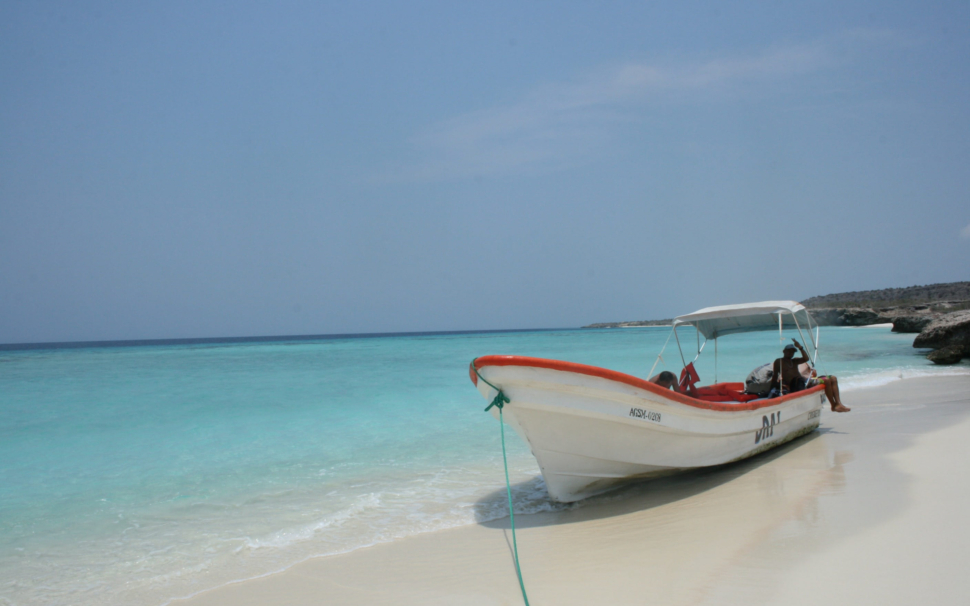
Tortuga Island: A Guide to the Best Attractions and Activities
Tortuga Island, also known as Isla Tortuga, is a tropical paradise located off the coast of Costa Rica. This small island is a popular destination for tourists seeking sun, sand, and adventure. With its pristine beaches, crystal-clear waters, and abundant wildlife, Tortuga Island offers something for everyone.
Geographically, Tortuga Island is situated in the Gulf of Nicoya, a large body of water on the Pacific coast of Costa Rica. The island is approximately 120 acres in size and is surrounded by coral reefs, making it a prime location for snorkeling and diving. Visitors can also explore the island’s lush forests and observe a variety of wildlife, including monkeys, iguanas, and exotic birds.
For those interested in history, Tortuga Island has a rich past dating back to the pre-Columbian era. The island was once inhabited by indigenous tribes, and later became a haven for pirates and buccaneers. Today, the island is a popular tourist destination, offering a range of activities and amenities for visitors to enjoy.
Key Takeaways
- Tortuga Island is a tropical paradise located off the coast of Costa Rica.
- The island offers a range of activities, including snorkeling, diving, and wildlife observation.
- With its rich history and abundant amenities, Tortuga Island is a must-visit destination for travelers seeking adventure and relaxation.
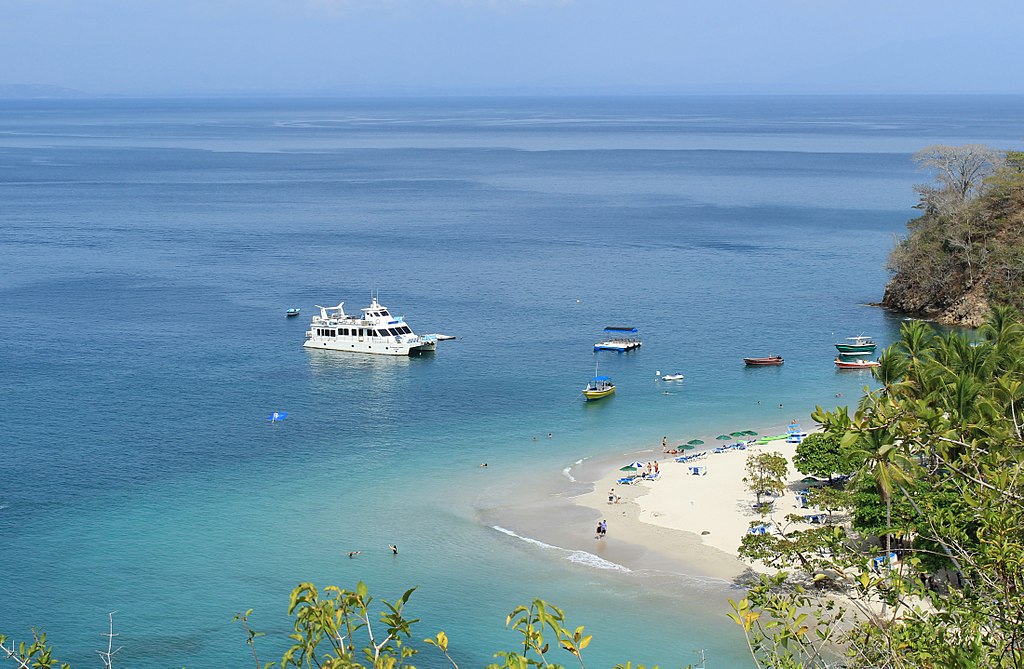
Geographical Location
Tortuga Island, also known as Isla Tortuga, is a small island located in the Gulf of Nicoya, Costa Rica. It is situated approximately 21 kilometers west of the town of Puntarenas and 6 kilometers north of the popular tourist destination of Jaco. The island is part of the Nicoya Peninsula, which is a popular destination for tourists due to its beautiful beaches and natural attractions.
The island is roughly 120 hectares in size and is situated in the Pacific Ocean. It is located approximately 540 kilometers southeast of the capital city of San Jose and 370 kilometers west of the Caribbean island of Hispaniola, which is shared by Haiti and the Dominican Republic. The island is not to be confused with the Haitian island of La Tortue, which is located in the Caribbean.
Tortuga Island is known for its crystal-clear waters and white sandy beaches. It is home to a variety of marine life, including sea turtles, dolphins, and tropical fish. The island is surrounded by coral reefs, which make it an ideal location for snorkeling and scuba diving.
The island has a tropical climate, with warm temperatures throughout the year. The rainy season typically runs from May to November, with the dry season from December to April. The island is accessible by boat from Puntarenas, and there are several tour companies that offer day trips to the island for tourists.
Overall, Tortuga Island is a beautiful and unique destination for those looking to experience the natural beauty of Costa Rica.
Historical Background
Tortuga Island, also known as Île de la Tortue, is a popular tourist destination located off the northwest coast of Haiti. The island has a rich history that dates back to the 15th century when Christopher Columbus discovered it during his second voyage to the Americas.
During the 17th century, the island became a hub for piracy and buccaneers. The Spanish, French, and English all vied for control of the island, which was strategically located along the trade routes in the Caribbean. The island was a base for pirates such as Henry Morgan, who used it as a staging ground for raids on Spanish ships and settlements.
In the mid-17th century, the French established a colony on the island, which they used to cultivate tobacco and other crops. The colony was eventually abandoned, and the island returned to piracy and buccaneering. The English also established a presence on the island, with the town of Port Royal becoming a major center for trade and commerce.
In the late 17th century, the French returned to the island and built Fort de Rocher, which served as a military outpost and helped to protect the island from attacks by pirates and other enemies. The French also established plantations on the island, which were used to grow crops such as sugar cane and coffee.
During the 18th century, the island became a center for log cutting, with vast forests covering much of the island. The logs were used to build ships and other structures throughout the Caribbean. The island changed hands several times during this period, with both France and Spain asserting their control over the island.
Today, Tortuga Island is a popular tourist destination, with visitors coming to enjoy the island’s beaches, clear waters, and vibrant marine life. The island’s rich history is still evident in its architecture, with many of the buildings dating back to the colonial period.
Flora and Fauna
Tortuga Island is a paradise for nature lovers. The island boasts of a diverse range of flora and fauna that is sure to leave visitors in awe. From the lush green forests to the crystal-clear waters, Tortuga Island is home to a variety of wildlife that is unique to the region.
The island is home to several species of monkeys, including the white-faced capuchin and howler monkeys. These playful creatures are often spotted swinging from tree to tree, and visitors can observe them in their natural habitat.
Tortuga Island is also a nesting site for sea turtles, including the Olive Ridley, Green, and Hawksbill turtles. These gentle giants can be seen laying their eggs on the island’s sandy beaches during nesting season, which runs from July to December.
The marine life around Tortuga Island is equally impressive, with dolphins, whales, manta rays, and sharks all calling the waters around the island home. Visitors can enjoy snorkeling and scuba diving to get up close and personal with these majestic creatures.
Birdwatchers will also be delighted with the variety of bird species on the island, including the brown pelican, frigatebird, and blue-footed booby. The island’s forests are also home to peccaries, a type of wild pig that is native to the region.
Overall, Tortuga Island’s flora and fauna are a testament to the island’s natural beauty and diversity. Visitors can expect to be amazed by the variety of wildlife and the stunning landscapes that the island has to offer.
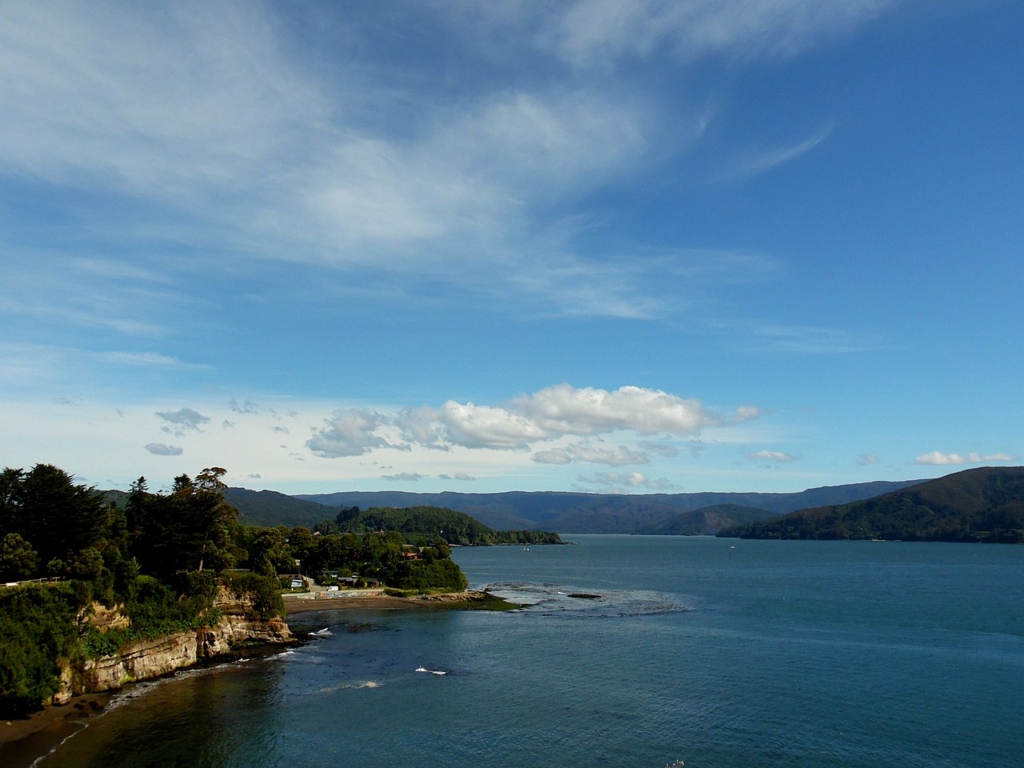

Leisure Activities
Tortuga Island offers a variety of leisure activities that cater to different interests. Visitors can choose from a range of outdoor activities that include snorkeling, diving, kayaking, hiking, and swimming. The island’s pristine beaches are perfect for sunbathing, picnicking, and enjoying the beautiful scenery.
Snorkeling and diving are popular activities on Tortuga Island, thanks to its crystal-clear waters that are home to a diverse range of marine life. Visitors can rent snorkeling and diving gear from local vendors or bring their own. Scuba diving tours are also available for those who want to explore deeper waters and see more marine life.
Kayaking is another popular activity on the island. Visitors can rent kayaks and explore the island’s coastline and nearby coves. The calm waters around the island make it an ideal location for kayaking.
Hiking is a great way to explore the island’s lush jungle and see its diverse flora and fauna. Visitors can take guided hikes or explore on their own. The island’s hiking trails range from easy to challenging, so there’s something for everyone.
Swimming is a must-do activity on Tortuga Island. Visitors can swim in the calm waters around the island or take a dip in the island’s natural pools. The island’s beaches are also great for swimming and sunbathing.
Overall, Tortuga Island offers a range of leisure activities that cater to different interests. Visitors can enjoy the island’s natural beauty while engaging in fun and exciting activities.
Marine Adventures
Tortuga Island is a haven for marine adventures. With crystal clear waters and high visibility, visitors can enjoy a range of activities that showcase the island’s natural beauty.
Snorkeling is a popular activity, allowing visitors to explore the vibrant coral reefs and encounter a variety of marine life, including angelfish, puffer fish, and white tip reef sharks. Kayaking is also a great way to explore the island’s coastline and spot spotted eagle rays and eels in their natural habitat.
For those seeking a more leisurely experience, a boat tour is a great way to take in the island’s stunning white-sand beaches and shipwrecks. Visitors can also spot whales and whale sharks on certain tours.
For a truly unique experience, visitors can take a catamaran tour to Isla Tortuga, a nearby island known for its pristine beaches and clear waters. Here, visitors can relax on the beach or explore the island’s underwater world.
Overall, Tortuga Island offers a range of marine adventures for visitors of all ages and interests.
Amenities and Services
Tortuga Island offers a range of amenities and services to make your visit as comfortable and enjoyable as possible.
For those looking to relax and soak up the sun, there are plenty of beach chairs and umbrellas available for rent. The sandy beach is perfect for swimming and sunbathing, and there are also picnic tables available for those who want to enjoy a meal with a view.
If you’re feeling adventurous, there are plenty of activities to choose from. Jet skis and canopy tours are available for those who want to explore the island from a different perspective. The island is also home to a variety of wildlife, including scarlet macaws and negritos, making it a great destination for nature lovers.
For those interested in history, day trips to nearby attractions such as the Dry Tortugas National Park and Fort Jefferson are available. These trips offer a glimpse into the rich history of the area and are a great way to learn more about the region.
When it comes to food and drink, Tortuga Island has plenty of options. Ceviche is a popular local dish that is available at many of the island’s restaurants. There are also gift shops where you can pick up souvenirs to remember your visit.
Overall, Tortuga Island has something for everyone. Whether you’re looking for a relaxing day on the beach or an adventure-filled excursion, this island has it all.
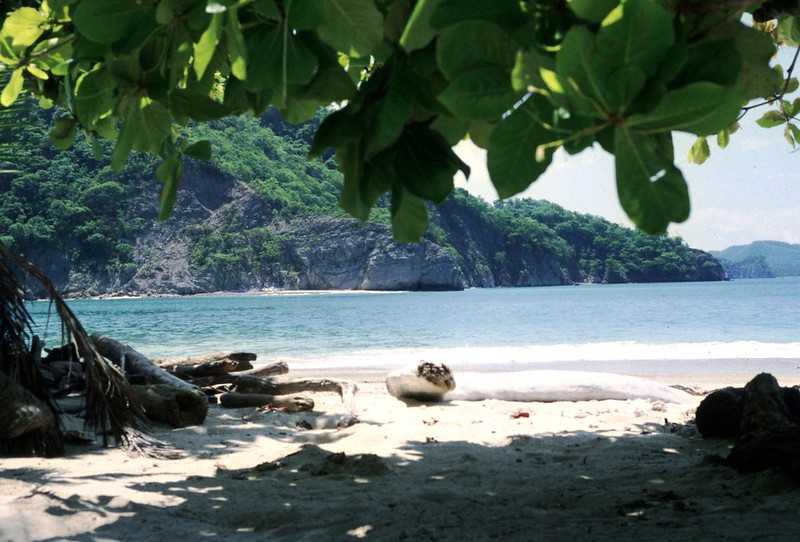
Climate and Best Time to Visit
Tortuga Island has a tropical climate with two distinct seasons: the dry season and the rainy season. The dry season, which runs from December to April, is characterized by sunny days and clear skies, making it the ideal time to visit the island. The average temperature during this period is around 28°C (82°F), with low humidity and very little rainfall.
The rainy season, which runs from May to November, is characterized by frequent showers and high humidity. While the island is still beautiful during this time, the weather can be unpredictable, and visitors may experience heavy rainfall and thunderstorms. The average temperature during the rainy season is around 26°C (79°F).
If you’re looking for clear waters, the best time to visit Tortuga Island is during the dry season. The water is crystal clear, and visibility is excellent for snorkeling and diving. During the rainy season, the water can become murky, and visibility may be limited.
Crowds are also a consideration when planning your visit to Tortuga Island. The dry season is the peak tourist season, and the island can become quite crowded. If you’re looking for a quieter experience, consider visiting during the rainy season when there are fewer visitors. However, keep in mind that some businesses may be closed during this time.
In summary, the best time to visit Tortuga Island is during the dry season when the weather is sunny, and the water is clear. However, visitors should be prepared for crowds and higher prices during this time. If you’re looking for a quieter experience, consider visiting during the rainy season, but be prepared for unpredictable weather.
Local Cuisine
Tortuga Island is a paradise for foodies, offering a wide range of delicious local cuisine that is sure to tantalize the taste buds of any visitor. The island’s cuisine is a blend of Spanish, African, and indigenous influences, resulting in a unique and flavorful culinary experience.
One of the most popular dishes on the island is Gallo Pinto, a traditional Costa Rican dish made with rice and beans. It is often served for breakfast and is a staple in the local diet. The dish is typically seasoned with onions, peppers, and cilantro, and can be served with a variety of sides, including eggs, avocado, and plantains.
Another must-try dish on Tortuga Island is ceviche, a seafood dish made with marinated raw fish, lime juice, onions, and peppers. It is a refreshing and flavorful dish that is perfect for a hot day on the beach.
For those with a sweet tooth, the island offers a variety of desserts, including tres leches cake and arroz con leche. Tres leches cake is a sponge cake soaked in three types of milk, while arroz con leche is a rice pudding made with cinnamon and condensed milk.
Overall, the local cuisine on Tortuga Island is a delicious and unique blend of flavors that is sure to please any palate.
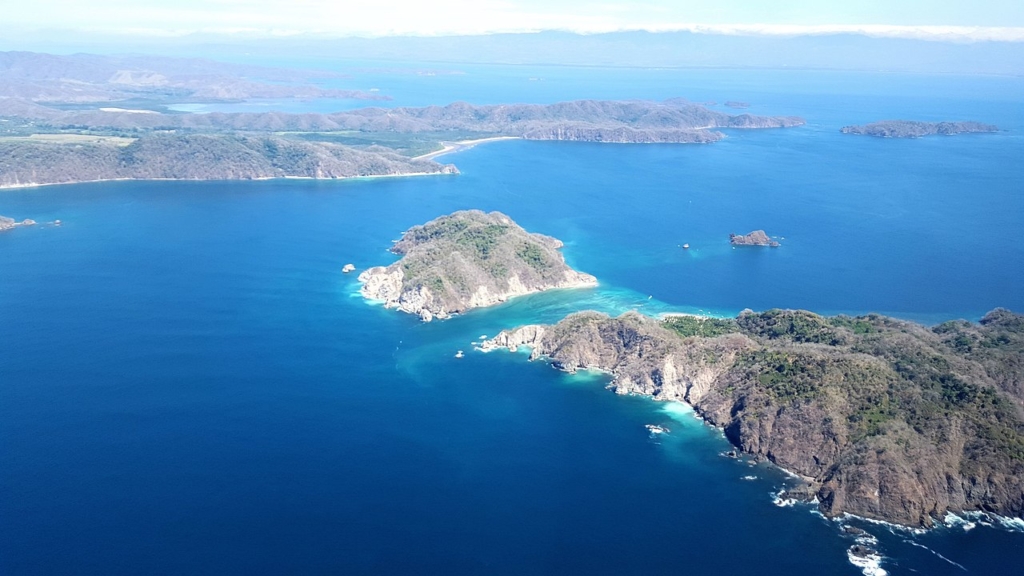
Frequently Asked Questions
Is tortuga island safe to visit.
Yes, Tortuga island is safe to visit. The island is a popular tourist destination, and the local authorities take measures to ensure the safety of visitors. However, as with any tourist destination, visitors should take necessary precautions to keep themselves and their belongings safe.
Where exactly is Tortuga island located?
Tortuga island is located in the Caribbean Sea, off the coast of Haiti. The island is part of the Tortuga municipality, which is located in the Nord-Ouest department of Haiti.
What is the significance of Tortuga island in the Caribbean?
Tortuga island is historically significant as a base for pirates in the Caribbean. The island was used as a base for pirates in the 17th century, and it was a hub for the pirate trade in the region.
What is the best time to visit Tortuga island?
The best time to visit Tortuga island is during the dry season, which runs from December to April. During this time, the weather is generally sunny and dry, making it ideal for outdoor activities.
Are there any restrictions for visiting Tortuga island?
There are no specific restrictions for visiting Tortuga island, but visitors should be aware of local laws and customs. For example, it is illegal to take coral or other marine life from the island’s waters.
What are some popular activities to do on Tortuga island?
Some popular activities to do on Tortuga island include snorkeling, diving, swimming, sunbathing, and exploring the island’s historical sites. Visitors can also take boat tours around the island or go fishing in the surrounding waters.
- Log in Join
- News & Tech
- Submit An Article
- Travel Magazine
- Submit A Video
- Submit Content

The Truth about Tortuga
Just off the northern coast of the mainland of Haiti is the rocky Caribbean island that is synonymous in fact, and fiction, with piracy, Tortuga.
Tortuga was discovered on 6 December 1492, by Christopher Columbus, who named it after a turtle’s shell, because of the way the island emerged from the morning mist.
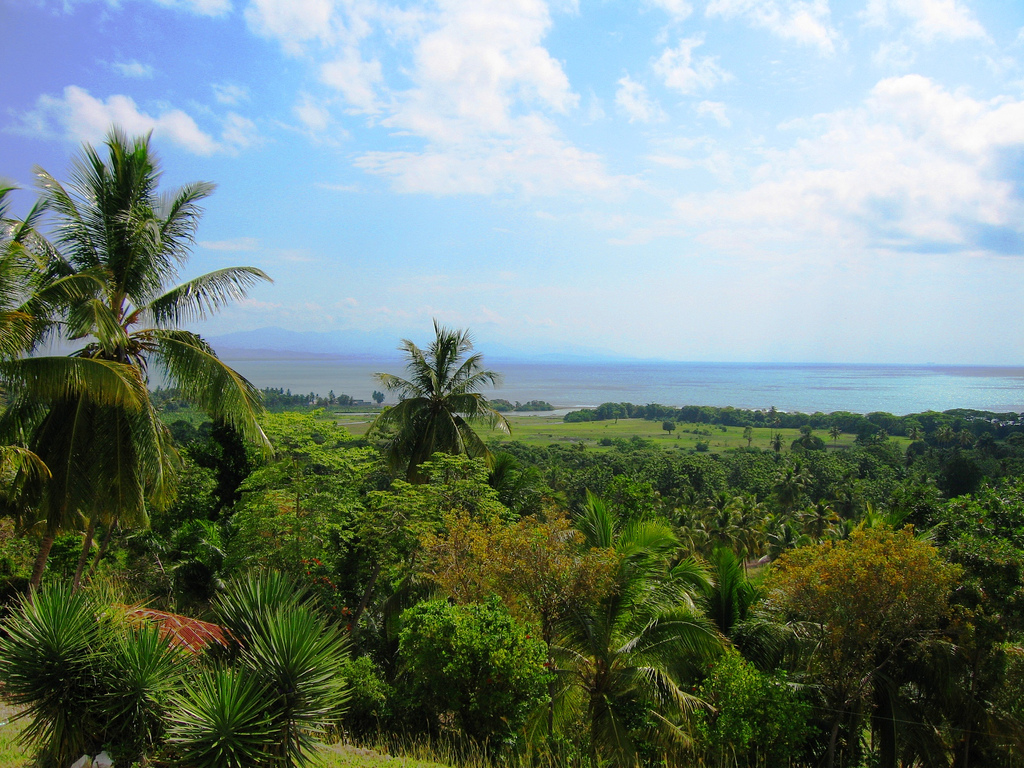
Despite its fame in piratical folklore, not least thanks to the Pirates of the Caribbean franchise, Tortuga has not yet fully embraced its tourism appeal. That means that visitors are going to experience an island that hasn’t spoilt its paradise with populous paraphernalia, but equally, there is little in the way of accommodation, although some local tour companies in the larger towns can arrange overnight stays.
This paradise island is a short distance by boat from Tambor, its closest companion in these Caribbean seas. The town of Tambor can be found nestled in a horseshoe-shaped bay and its volcanic sand is fringed with almond and palm trees, descending into the calmest of waters. Tambor is one of a number of large towns and cities that operate day tours to the tropics of Tortuga, and boats and catamarans, the only way to get to the isle, leave daily from most locations.
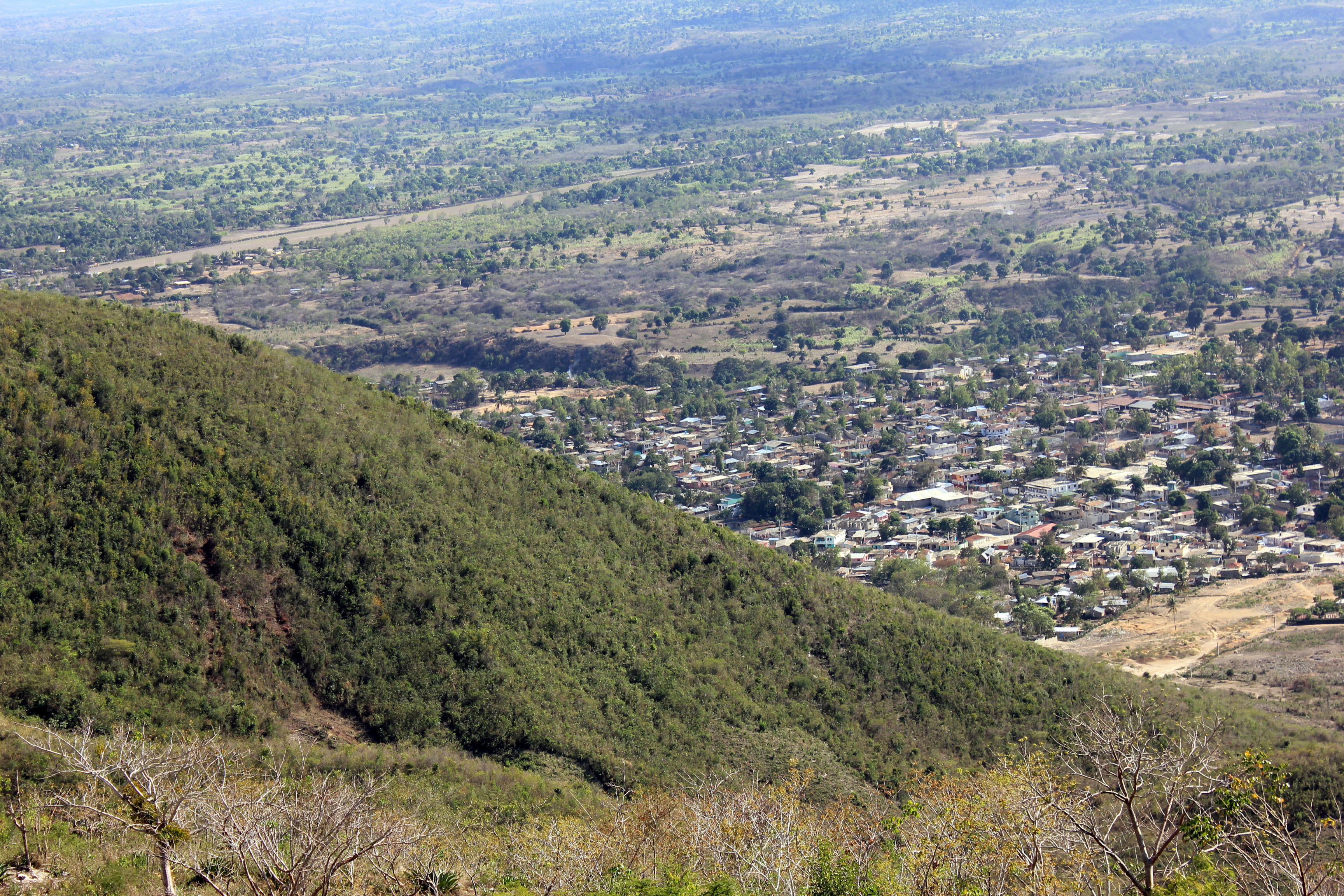
For those wishing to explore solid ground, the dense foliage that is home to native fauna and birds can be explored, hiking the hills of the nature preserve or even seen from the canopy tour with its adrenaline-inducing zip line ride back to the forest floor.
Sun-worshippers are able to rent sun-loungers on the white sands, and experience the plentiful food and drink that is on offer while those wishing to do a little more exercise can participate in beach and water sports.
The sun setting over the Pacific provides the perfect postcard photo opportunity to capture the end of a day spent in a pirate’s paradise, Tortuga.

Before you leave! Why not join our City Breaks Facebook group here?
Expedia Rewards is now One Key™
Tortuga island, visit tortuga island.
- Tortuga Island Hotel Deals
- Vacation Rentals in Tortuga Island
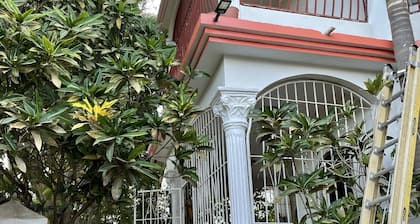
Check Tortuga Island hotel availability
- Cities near Tortuga Island
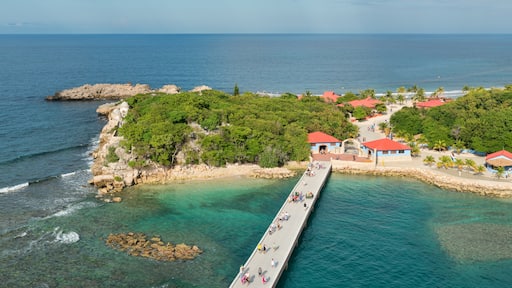
Cap-Haitien

- Places of interest
- Church of Our Lady of Mercy
DONATE & ENTER
LET'S BRING ACCESSIBLE HEALTH CARE TO TORTUGA ISLAND HAITI
The trek from northern end of the island is about 4.5 hours in length. This is due partially to the rocky and mountainous terrain in conjunction with the lack of roads and infrastructure. An individual who is critically ill or badly injured must travel this distance by mule, boat and motorcycle before getting to a hospital equipped to care for them. It is imperative that this facility has a well-staffed and well-equipped ICU to provide care for such individuals. The Location purchased for the Hospital would cut the time to less than 30 minutes even when factoring in the less-than-ideal terrain.
Urgent Care
In the past decade and half, transportation on the island has seen a major shift from animals to motorcycles and cars. With that shift, there has been a marked increase in motor vehicle related accident injuries and fatalities. As we’re all aware, in cases of accident, time is of the essence. Consequently, as part of the project we aim to have a Fleet of vehicles that can travel the island in a timely manner once called on. On an island, it may often prove easier to get to a destination by boat. The fleet has to have marine capabilities.
Primary Care
Comprehensive Primary Care is the entry point for the every health care system. Just imagine having a hospital in Tortuga Island with doctors and nurses that provides preventive care to keep you healthy, and ongoing care for many common chronic diseases, including high blood pressure, diabetes, asthma, arthritis, headaches, and stomach problems.

Our Recent Projects
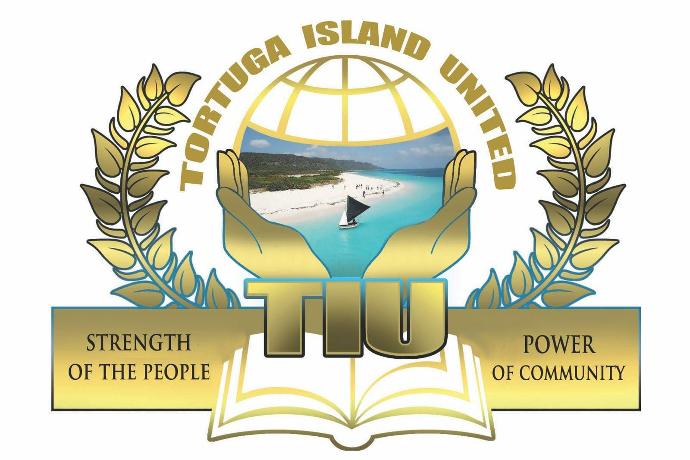
We’re an organization founded on the basic principle that good men suffer when other good men stand idly by. Most of us, having emigrated from Haiti, now look back to the island of our birth to see a beautiful people, a beautiful culture, but so much need. Our primary goal is to address the issue of medical care on Tortuga Island and neighboring provinces. We need to serve a population of over 60,000, who are at any given moment more than 3 hours away from the nearest medical facility, if the transportation is available. For most Tortugais, a trip to the hospital means an hour’s walk , a 20 minute motorcycle ride followed by an hour and a half on a boat. TIU is driven by the knowledge of a singular fact: in matters of life and death , failure is not an option.
Testimonial
Living in America, it get’s lost on us what a glorious thing it is to have access to an ambulance and the latest and greatest in medical technology be a simple phone call away. Max Etienne • Member
I am Idovia R. Louima and my love for Haiti and the Island of La Tortue compelled me to join this movement… Idovia R. Louima • Member
Dieulila Pierre born and raised in LaTortue I was invited to TIU to become part of this big and interesting project. I remembered when it used to take us 4 hours to get to the big hospital. Dieulila Vil Pierre • Member
Photos of Tortuga Island

Tortuga Island
By the end of the sixteen-century most of the Spaniards had abandoned Espanola for the richer lands of Peru and Mexico. The rest had deserted the western part of the island for its eastern half from where Spain ruled its colonies in the Americas. However, Dutch and French traders began exchanges with the few Spaniards of Espanola’s western part. We saw in our previous discussion that to discourage this trade, the island’s governor compelled these Spaniards to emigrate to the eastern part of the island in 1605. The consequences of this measure were far reaching. Instead of putting an end to the trade, it resulted in the establishment of buccaneers and pirates on the Western part of Espanola and the eventual split of the island into two colonies. As we will see, buccaneers and pirates would later allow the French to conquer the western part of Espanola and turn it into the colony of Saint Domingue (now Haiti). On the other hand, the eastern part of the island would remain under Spanish domination and would later become the Dominican Republic.
Tortuga Island played a pivotal role in the establishment of a French colony in Espanola. L’ile de la Tortue or Tortuga Island is haped as a sea-tortoise, stands off the northern coast of Haiti. It is very mountainous and full of rocks; yet, it is hugely dense of lofty trees that grow upon the hardest of those rocks. The rocks are abundant on the northern part of the island. At the beginning of the 17th century the population lived on the southern coast of the island. This part contained a port that allowed several entries to ships of up to 70 guns. The southern part of the island was divided into four; the first part was called Low Land or Low Country. This was the main part of the southern coast because it contained the island’s port. The town was called Cayona and there lived the richest planters of the island. The second was called the Middle Plantation. Its territory could only grow tobacco. The third part was named Ringot. These places were situated towards the Western part of the island. The fourth was called the Mountain; it is there that the first cultivated plantation was established upon the island.
In 1629, buccaneers established something of a rough place of settlement on Tortuga where there grew up a systematic victualling trade between them and pirates. The island became a stronghold for pirates and buccaneers in the Caribbean. Early in 1631, The Spaniards from Santo Domingo raided the nest of robbers in Tortuga and drove them away leaving a small garrison of twenty-five soldiers to prevent their return. That did not however stop Frenchmen and Englishmen from settling in the island.
Both French and English pirates colonized Tortuga Island at the beginning of the seventeen-century. The French settled in Tortuga Island from St. Christopher, another island in the Caribbean. When the Spaniards destroyed the English settlement in Nevis in 1629, Anthony Hilton, a shipmaster and leader of the colony, decided to find another place where he could combine planting with piracy; he determined to establish himself on Tortuga. Hilton’s new colony on Tortuga was brought under the control of the Providence Company in 1631 and it rapidly grew as wandering Englishmen and Frenchmen were attracted by the opportunities it afforded of finding employment on the privateers who made it their base. Constant desertions of indentured servants from the hard discipline and constant labor of St. Christopher and Barbados brought new inhabitants to Tortuga. The laxity and excitement of life on Tortuga which alternated log wood cutting and cattle hunting in the Espanola forests with the prospects of adventure and booty at sea made the new settlement the goal of every fugitive in the Caribbean.
Conflict soon arose between the French and the English settlements in Tortuga. The island was the scene of disorder and excess of every kind and in 1633 the Audiencia of Santo Domingo resolved that the desperadoes must be cleared out once more. They wished to provide a ruthless lesson to any one tempted to follow their example. But it was not until 1635, when the dissension between the English and French in Tortuga became so acute as to lead to constant fights, that the Spaniards took advantage of the situation to descend upon the settlement in force. It fell into their hands with hardly a show of resistance. Indeed, the English governor fled at once on board of a ship that happened to be in the harbor and left the colonists to their fate. The Spaniards killed most of the men and converted the women into slaves.
The French suffered a fate almost similar to the English. The Spaniards repined at the French’s property and grudged them the possession they had freely given. Hence, they gave notice to others of their own nation who sent several great boats well armed and manned to dispossess the French of the island. The expedition succeeded and the French fled unto the woods. At night they sailed from Tortuga Island to the main land. They performed this easily since they had no women or children with them. There, the French retreated to the woods again to seek food and spy on the Spaniards. They were planning on stopping the Spaniards from going to Tortuga Island. The Spaniards of the main land tried to starve the French in the wood but failed. The French quickly armed themselves with guns, powder and bullets. They waited for an opportunity to attack the Spaniards when the Spaniards of Tortuga would come to help those of the mainland. When this opportunity presented itself, the French quickly fled the woods and sailed to Tortuga where they attacked the small number of remaining Spaniards on Tortuga Island. Having done so, the French fortified themselves as best they could to prevent a return of the Spaniards. They also sent a messenger to the island of St. Christopher asking for help and relief as well as a governor to unify them against their enemy.
The French governor of St. Christopher sent a man named Le Vasseur in quality of Governor together with a ship full of men and all other necessities for their establishment and defense in Tortuga. The governor quickly built a fortress upon the highest rock on the island whence he could hinder the access of any ships or other vessels that should design to enter the port. Without access to this port no one could access the island except through a very narrow passage capable of receiving only two persons at once and not without difficulty. A great cavity in the middle of this rock allowed the building of a great battery. After the construction of the fort, Le Vasseur ordered two guns to be mounted on the place. They also destroyed the narrow way leading to the fort. The new security of their refuge led the French to begin peopling the island and seek their living by hunting and planting tobacco as others cruised and robbed the Spaniards from the coasts of the island.
The Spaniards feared the French presence in Tortuga. They feared quite rightly that the French would one day invade the main land. They thus decided to invade the island with 800 men in several canoes when many of the French were abroad at sea and others employed in hunting. They landed again in Tortuga almost without being perceived by the French. They had established themselves on top of a mountain when they discovered that the French had cut down trees to reveal invaders. With the help of some slaves (black and white) and Indians, the Spaniards made their way on top of the mountain and built a battery there. Meanwhile, the French who knew of the Spaniards’ plan sought help from nearby buccaneers and filibusters. The buccaneers and filibusters landed at Tortuga at night to avoid being seen by the Spaniards. They then climbed the mountain where the Spaniards had taken refuge. They attacked the Spaniards just as the latter were about to attack the French. The Spaniards were caught in surprise. It was a complete defeat! Surviving Spaniards fled hearing the shriek of the others. This victory established the French as the owner of the island of Tortuga whence they would conduct their invasion of the western part of Espanola and create St. Domingue.
The Establishment of St. Domingue The French settlement in Tortuga followed three forms. In the first category, you found those who chose to either hunt or plant or else to rove on the sea in quality of pirates. They generally sought out for a comrade or a companion to share their fortunes. They joined the whole stock of what they possessed towards a mutual and reciprocal gain. The hunters were subdivided into two several sorts. Some only hunt wild bulls and cows while others hunted wild boars. The first group was called buccaneers. There were in the middle of the 17th century around 600 buccaneers on the island. The dominions of the French on the island caused the number of wild cattle to decrease in Tortuga. This in turn caused the number of buccaneers to decrease in Tortuga. Chasing wild boar was not sufficient to feed them. The second group of hunters chased nothing but wild boars. They salted the flesh and preserved it to sell it to planters. They usually have certain places designed for hunting where they lived for the space of three or four months and though not often a whole year.
The Governors of Tortuga always behaved as owners until the year 1664. In the year 1664 the French West India Company laid the foundations of a colony in Tortuga under which the planters of Espanola were assimilated and named as subjects thereunto. Bertrand D’Ogeron was recommended to consolidate French power in the Antilles. He was appointed Governor of Tortuga in 1665 and ordered to make the island a center from which to extend influence on Espanola.
D’Ogeron’s task was very difficult. At first he could not persuade the buccaneers to accept his government for they were determined not to abandon their intercourse with the Dutch or with any rovers who came to their harbors. He found the men whom he hoped to convert into settled colonists dispersed in small and unorganized parties living in the most primitive fashion.
One of his first acts was to take a census of the settled population. He found that there were 450 whites in the colony, 60 slaves and a few indentured servants. In 1665, he reported to Colbert, the famous French minister of Commerce of Louis XIV, that there were “seven or eight hundred Frenchmen scattered along the coasts of the Island of Espanola in inaccessible places surrounded by mountains or by great rocks…So it is necessary for his majesty to give an order to cause these people to leave the said island of Espanola and betake themselves in two months into Tortuga which they would do without doubt if it were fortified and that would bring in a great revenue to the King if all captains of merchant ships and others were forbidden to buy or sell anything to the Frenchmen called buccaneers along the coast of Espanola.”
D’Ogeron thus actively and successfully engaged in developing Tortuga as a colony, transforming its population of adventurers into a stable population. The governor gradually persuaded the buccaneers to abandon their wild life in the woods and to settle down to planting either on Tortuga or in places on the extreme west of Espanola like Petit Goave or Leogane. He brought out many new settlers from France, sometimes at his own expense and that of his friends. In a report to France, he asked for the immigration of at least 12,000 men, women and children to develop a French population in the colony. Although D’Ogeron never succeeded at bringing this annual number to St. Domingue, his initiative opened a real immigration movement toward the colony from France. Discontented planters came to join him from the other French islands, and within two or three years there were 2,000 French colonists in Western Espanola leading settled lives and employing a growing number of black slaves upon their plantations.
The true buccaneers who roamed the woods were reduced to hardly 100 persons. D’Ogeron did not attempt to suppress or absorb the filibusters in the same way for he designed to employ them to further national policy. He was more successful than the English and he had attracted all the French rovers from Port Royal and had concentrated them in his own stronghold of Tortuga. War was imminent and he was thus provided with a ready-made force of privateers to let loose in his own stronghold of Tortuga.
In many ways, D’Ogeron is considered as the first real governor of St. Domingue. His policies resulted in the establishment of a strong French settlement in Espanola and the splitting of the island into two colonies in the seventeen and eighteen century, that of St. Domingue on the island’s western part and that of Santo Domingo on the eastern border. We will have to wait until 1697, and the Treaty of Ryswick for Spain to officially give up Western Espanola, St. Domingue, to France.
(courtesy of discoverhaiti)

Tortuga vacation rentals
Book unique vacation rentals, houses, and more on Airbnb
Top-rated vacation rentals in Tortuga
Guests agree: these vacation rentals are highly rated for location, cleanliness, and more.

Room in Saint-Louis-du-Nord
Saintalise Auberge Beach
A Classic Beach House...everything you imagine a beach house should be...the perfect place for your family holiday. Steps from the sand to oceanside, great ocean views from master bedroom...all the views and privacy! Relax in bed and watch the waves! This is A Single Family 2 story Home! The upstairs balcony is off of the master bedroom...the best place to relax with a book and watch the waves. You can relax in bed and enjoy the view and sound of the ocean.
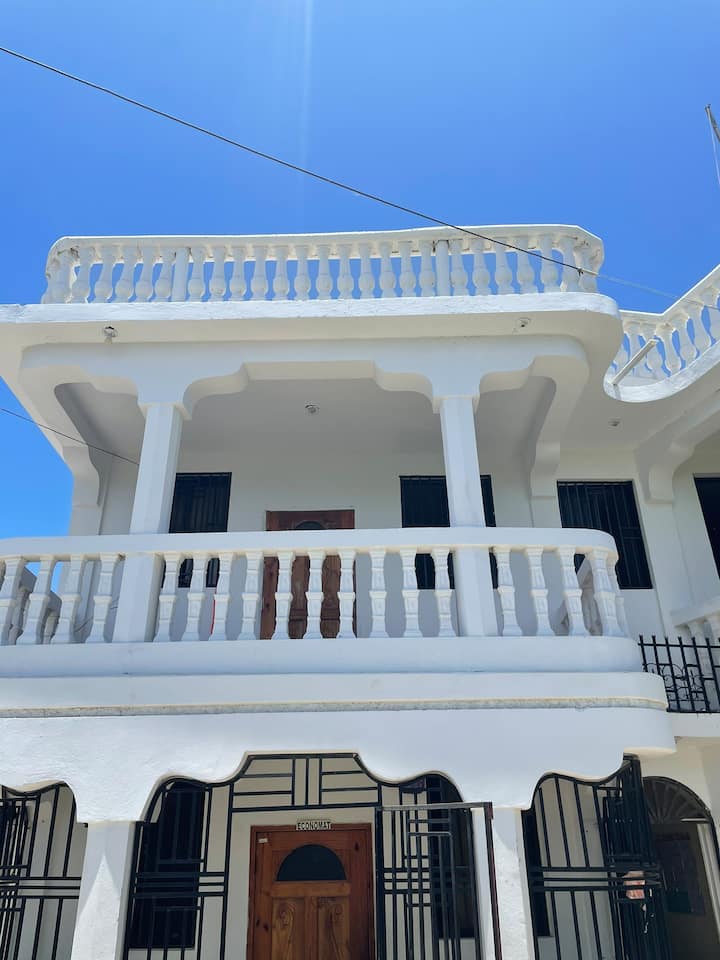
Condo in Arrondissement de Port-de-Paix
Maison Blanc Guesthouse. A Royal Oasis
Maison Blanc Guesthouse is home away from home. Nestled in a quiet neighborhood of Chalet. Maison Blanc offers many amenities such as Wifi, 24/7 electricity, and parking. Maison Blanc Guesthouse est chez vous loin de chez vous. Niché dans un quartier calme de Chalet. La Maison Blanc offre de nombreux équipements tels que le Wifi, l'électricité 24h / 24 et 7j / 7 et un parking.

Room in Tortuga
Haiti Private Surf House Room #1
For a short or long stay on island La Tortue, Haiti. This place is perfect for Kite Surfers. Ile de la Tortue is an idyllic location, a comfortable and uncomplicated getaway. Ile de la Tortue is an idyllic location, a comfortable and uncomplicated g
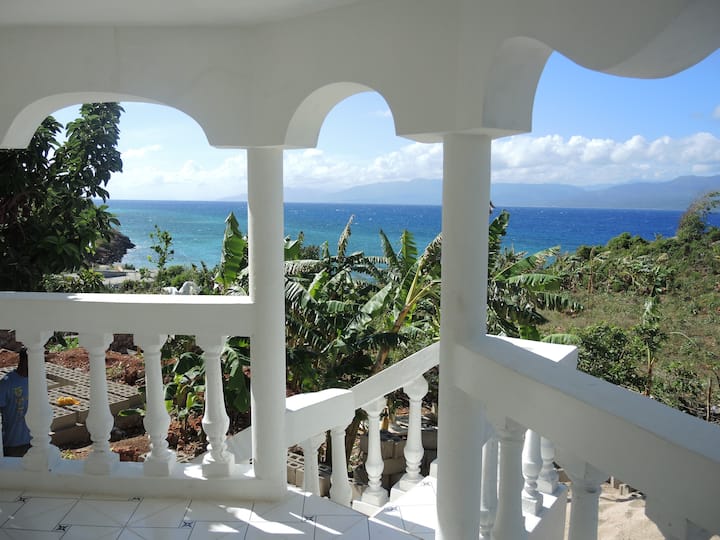
Island in Tortuga
Haiti Private Surf House
For a short or long stay on island La Tortue, Haiti. This place is perfect for Kite Surfers. Ile de la Tortue is an idyllic location, a comfortable and uncomplicated getaway.

Bed and breakfast in Arrondissement de Port-de-Paix
Lorina rooms
It's a 5 minute drive out of town, breakfast, wifi, private gated property, security and parking. Quite area with minimum disturbances, ocean breeze from the balcony

Hotel in Port-de-Paix
Rendez-vous Hotel
We are a very professional and organized Hotel in the Port-de Paix area ,and we are always at your service . 4 start Hotel , do not hesitate to book with us!

Home in Port-de-Paix
second level independant and quiet.
The pace is newly constructed everything is new inside, refrigerator, stove microwave, tv and parking space.

Room in Aubert
Gorgeous Port-de-Paix home
Immaculate modern home in the heart of Port de Paix. Rent a room or the home.

Home in Saint-Louis-du-Nord
House for Rent in St Louis du Nord
Right next to the house there is the football field, beaches and rivers .

Room in Jean-Rabel
PÈWAG HOTEL AND APARTMENT
This stylish and unique home promises a memorable stay.

Apartment in Limbe
Thoby Airbnb
This stylish place to stay is perfect for group trips.

Condo in Port-de-Paix
Loving 1 bedroom condo with access to bar.
This unique place has a style all its own.
Vacation rentals for every style
Get the amount of space that is right for you

Unique stays

Popular amenities for Tortuga vacation rentals
Other great vacation rentals in tortuga.
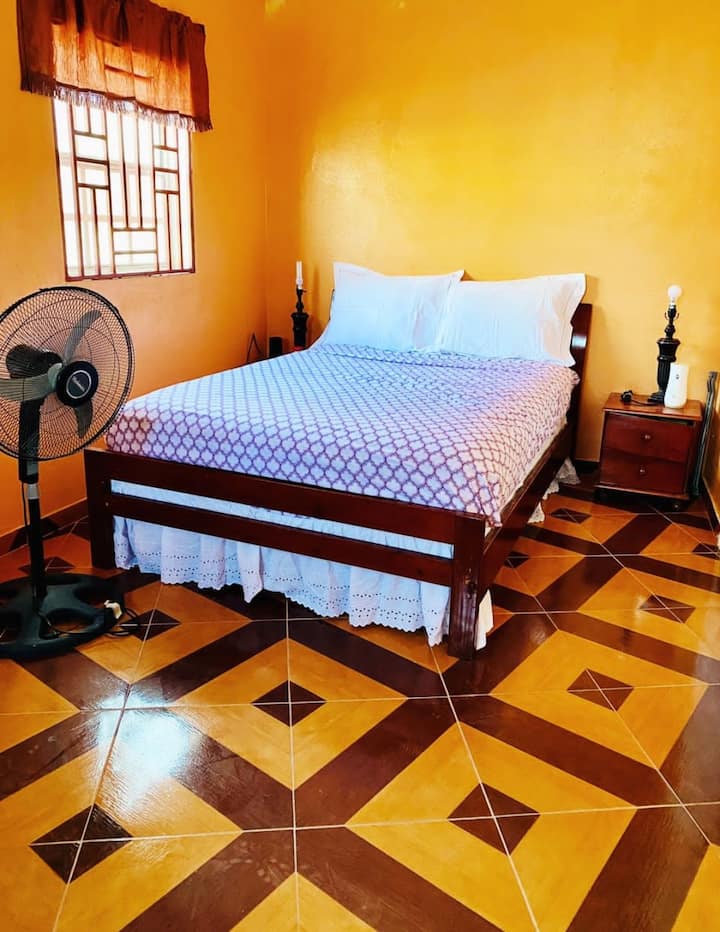
Home in Arrondissement de Port-de-Paix
Comfortable place to yourself

House in St. Louis du Nord
Destinations to explore
- Cap-Haitien Vacation rentals
- Monte Cristi Vacation rentals
- Loma de Cabrera Vacation rentals
- Port-de-Paix Vacation rentals
- Labadie Vacation rentals
- Villa Vasquez Vacation rentals
- Saint-Marc Vacation rentals
- Dajabon Vacation rentals
- Fort Liberte Vacation rentals
- Santiago de los Caballeros Vacation rentals
- Santo Domingo Vacation rentals
- Las Terrenas Vacation rentals
- Monthly Rentals Tortuga
- Yurt Rentals United States
- Yurt Rentals United Kingdom
- Castle Rentals United States
- Houseboats United States
- Holiday Caravans United Kingdom
- Private Island Rentals United States
- Farm Houses United States
- Farm Cottages United Kingdom
- Cabin Rentals Australia
- Luxury Cabins United Kingdom
- Luxury Cabins United States
- Holiday Chalets United Kingdom
- Cottage Rentals United States
- Holiday Cottages United Kingdom
- Mansion Rentals United States
- Villa Rentals United Kingdom
- Holiday Bungalows United Kingdom
- Bungalow Rentals United States
- Condo Rentals United States
- Holiday Apartments Australia
- Holiday Houses United States
- Holiday Houses United Kingdom
- Private Holiday Rentals United Kingdom
- Big House Rentals United States
- Big Cottages Australia
- Large Villas United Kingdom
- House Rentals with a Pool United States
- Cabin Rentals with a Pool United States
- Villas with a Pool United Kingdom
- Apartments with a Hot Tub United States
- Holiday Cottages with a Hot Tub United Kingdom
- Beach Cabins United States
- Beach Condos United States
- Beachfront Rentals United States
- Beach Houses United Kingdom
- Beach Villas United Kingdom
- Coastal Cottages United Kingdom
- Pet-Friendly Vacation Rentals United States
- Pet-Friendly Beach Rentals United States
- Pet-Friendly Cabin Rentals United States
- Dog-Friendly Cottages United Kingdom
- Luxury Dog-Friendly Cottages United Kingdom
- Family travel hub Tips and inspiration
- Family budget travel Get there for less
- Vacation ideas for any budget Make it special without making it spendy
- Travel Europe on a budget How to take the kids to Europe for less
- Outdoor adventure Explore nature with the family
- Bucket list national parks Must-see parks for family travel
- Kid-friendly state parks Check out these family-friendly hikes
- › Nord-Ouest Department ›
Tortuga Island
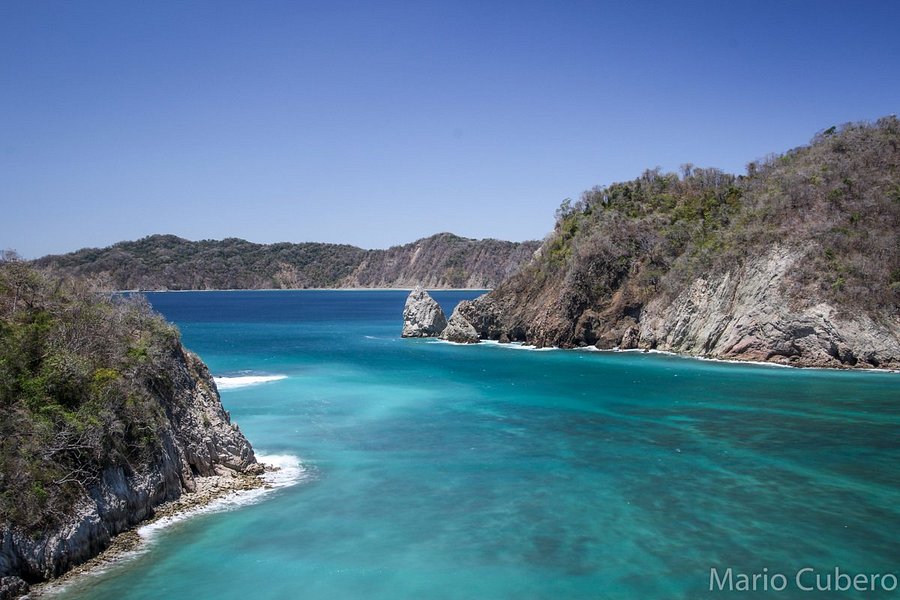
Most Recent: Reviews ordered by most recent publish date in descending order.
Detailed Reviews: Reviews ordered by recency and descriptiveness of user-identified themes such as wait time, length of visit, general tips, and location information.
Also popular with travelers
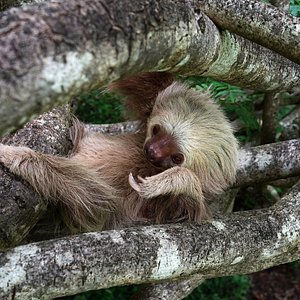
Tortuga Island - All You Need to Know BEFORE You Go (2024)
- Full-Day Tortuga Island Cruise from San Jose (From $153.00)
- Tortuga Island Cruise with Lunch from San José (From $141.25)
- Jungle & Islands Expedition 5 Days Vacation Package (From $1,350.00)
- 8 Days - San Jose All in One (From $1,800.00)
- Tortuga Island Full Day Tour from San José with Lunch (From $115.00)
- (4.27 mi) Bahia Rica Fishing and Kayak Lodge
- (4.72 mi) Isla Chiquita Glamping Hotel
- (3.57 mi) Vista Las Islas Hotel
- (9.88 mi) Lodge Margouillat
- (9.29 mi) Tambor Tropical Beach Resort
- (4.19 mi) Restaurant Liz Seafood MACHO
- (4.38 mi) Casona Paquereña
- (4.46 mi) Marisquería Las Vegas
- (4.57 mi) Mariscos Grey's
- (4.35 mi) Kincho's Pizza
- (0.25 mi) Costa Cat Cruises
- (1.95 mi) Playa Quesera
- (2.54 mi) Reserva Curu
- (9.26 mi) Pura Vida Expeditions
- (3.02 mi) Playa Órganos

Tortuga Island Vacation Packages
Save when you book tortuga island package deals.
I only need accommodations for part of my trip

Top Tortuga Island hotel deals

Intimate place ( Miryam city ) port de paix
Frequently asked questions.
- Recommended cities for you
- All inclusive vacations
- Punta Cana Vacations
- Montego Bay Vacations
- Nassau Vacations
- Providenciales Vacations
- Varadero Vacations
- Havana Vacations
- Negril Vacations
- Santo Domingo Vacations
- Puerto Plata Vacations
- Cayo Coco Vacations
- Willemstad Vacations
- Samaná Vacations
- Kingston Vacations
- Southampton Parish Vacations
- Freeport Vacations
- Carolina Vacations
- Paget Parish Vacations
- Port-au-Prince Vacations
- Cayo Santa Maria Vacations
- Bridgetown Vacations
- St. Thomas Vacations
- Pembroke Parish Vacations
- St. Lawrence Gap Vacations
- Holetown Vacations
- Oranjestad Vacations
- Le Gosier Vacations
- Port of Spain Vacations
- Santiago de los Caballeros Vacations
- Dunmore Town Vacations
- Soufriere Vacations
- Seven Mile Beach Vacations
- Vieux Fort Vacations
- Cayo Largo Vacations
- Río Grande Vacations
- George Town Vacations
- San Juan Vacations
- St. John Vacations
- Maxwell Vacations
- Alice Town Vacations
- Noord Vacations
- Christiansted Vacations
- Culebra Vacations
- Mayagüez Vacations
- Isabela Vacations
- Jolly Harbour Vacations
- Pointe-à-Pitre Vacations
- Rincon Vacations
- Hamilton Vacations
Top all inclusive vacation packages with airfare
- Las Vegas All Inclusive Vacation Packages with Airfare
- Punta Cana All Inclusive Vacation Packages with Airfare
- Cancun All Inclusive Vacation Packages with Airfare
- Cabo San Lucas All Inclusive Vacation Packages with Airfare
- Hawaii All Inclusive Vacation Packages with Airfare
Book a vacation to Tortuga Island
Most popular.
- Español NEW
Tortuga (Haiti) facts for kids
Île de la Tortue ( Tortuga Island in English , Il Latòti in Kréyòl ) is a Caribbean island that forms part of Haiti , off the northwest coast of Hispaniola . Its Taíno name was Baynei .
During the 17th century, the island was an important centre for Caribbean piracy where pirates traded their stolen goods from ships and towns and stayed for days before going out to try to capture other ships.
Images for kids
In geology , it is considered as the western end of the region of the Cordillera Septentrional ("Northern mountain range ") of the Hispaniola island, even if Tortuga Island is separated from the main island.
Tortuga Island is separated of the north coast of Haiti by an 8.9 to 15 km strait called the Canal de la Tortue ("La Tortue Channel "). The island is 37.5 km long and about 7 km wide, with an area of 193 km² . There are not high mountains but most of the land is between 240 and 300 metres high; the highest point is Morne La Visite (340 m).
The island is a commune (like municipality ), in the Nord Department . It is part of the Port-de-Paix arrondissement , part of a department like a district .
In 2004, there were 30,000 people living in the Tortuga Island. There are only small towns; Aux Palmistes, in the southeast, is the biggest town in the island.
Christopher Columbus saw this island on 6 December 1492 and visited it on 14 December. He called the island La Tortuga , Spanish for "The Turtle", because it has the shape, when seen from the sea, of a turtle.
Spanish people were not interested in Tortuga Island because they were trying to form a colony in the big Hispaniola island. And so this island was without people for most of the 16th century .
People from different European countries, mainly from England , came to live in this island. In 1625, French people came to this island from the Saint Kitts island. They lived on the southern part of the island where there are flat lands and tried to grow some crops like tobacco . They also went to Hispaniola, which they called la Grande Terre ("the Big Land") to hunt wild cows and pigs and, because they used a Taíno cooking technique with smoke known as "boucan", they were known as boucaniers ("buccaneers"). They sold the smoked meat and leather (dry skin used to make footwear and clothing ) to those ships that came to the island.
The Spanish tried to get those people out of the island and they invaded the island several times but each time they went back to the Hispaniola and the Tortuga Island was taken again. In 1640 a French engineer named Jean La Vasseur was sent to govern Tortuga. He built Fort de Rocher [1640]. La Vasseur opened the port to outlaws of all nations.
From Tortuga Island, people began to move to the northern part of the Hispaniola, mainly in the areas around the big plains , founding towns such as Port-de-Paix (1665), Cap-Français (1670) and Fort-Dauphin (1731). Then Tortuga Island lost its importance and very few people have lived here after those years, including today.
There is several good beaches in Tortuga Island; Point Saline, at the western tip, is considered by many to be the best beach of the island.
At Basse-Terre, on the southeastern coast, there are still some rests of the Fort de la Roche built in 1630 by the French.
There are several interesting caves such as La Grotte au Bassin , La Grotte de la Galerie and others.

A drawing of Tortuga island from the 17th century.
- This page was last modified on 16 October 2023, at 16:53. Suggest an edit .
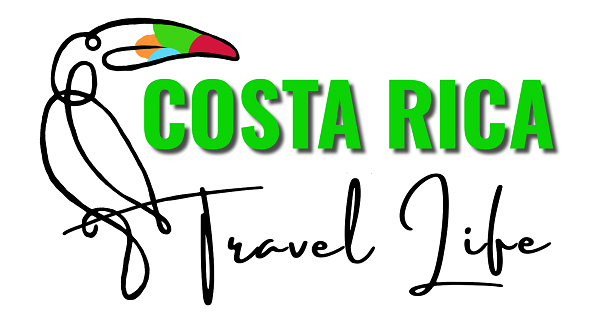
Home » Destinations » Pacific Coast » Jaco » 15 Things to KNOW Before Visiting Tortuga Island, Costa Rica
15 Things to KNOW Before Visiting Tortuga Island, Costa Rica
By Author Costa Rica Travel Life
Posted on Last updated: March 17, 2024
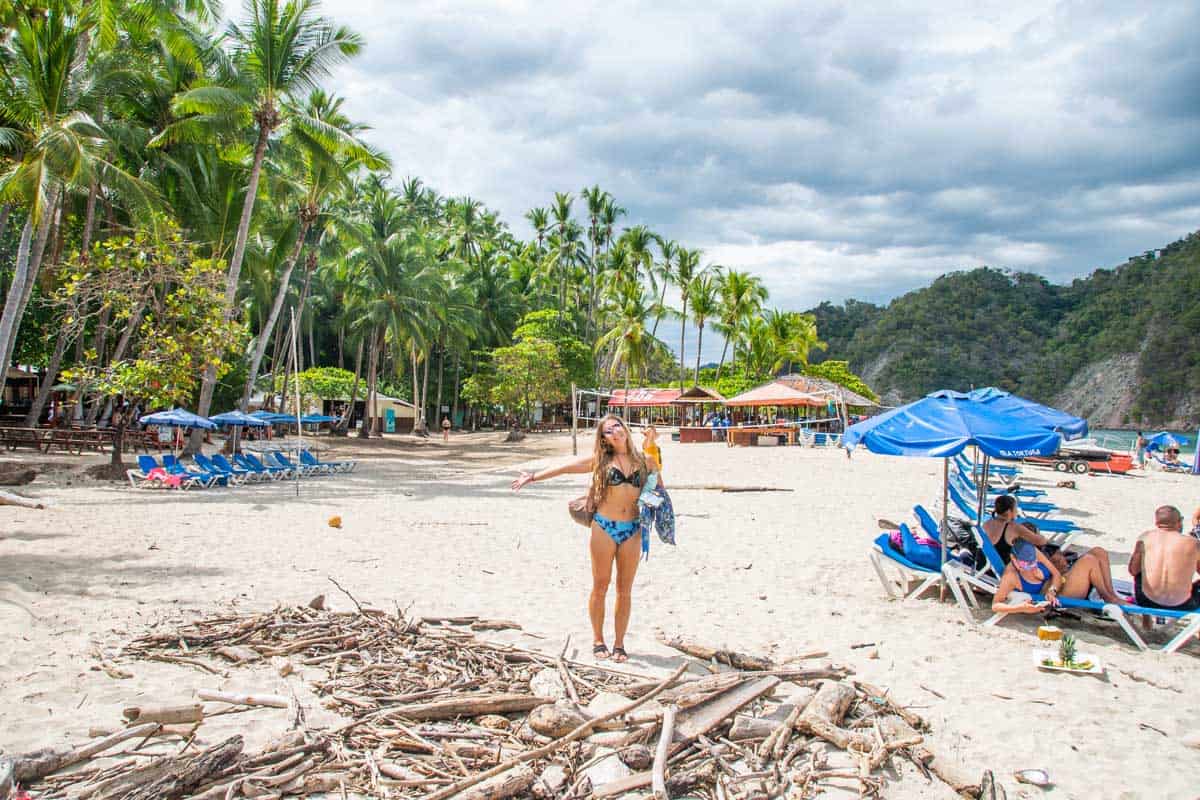
This blog may contain affiliate links. Read our disclosure policy for more info.
If you’ve ever fantasized about visiting a deserted island in the middle of a tropical paradise, spending some time on Tortuga Island comes pretty close! This small island lies off the coast of Costa Rica along the southeastern part of the Nicoya Peninsula .
Tortuga Island is known for its breathtaking scenery, amazing snorkeling , and calm bays perfect for swimming. From the moment the island comes into view, you’ll be in awe of the white sand beaches and sparkling turquoise water.
The snorkeling here is the absolute best I have experienced in Costa Rica! The water is so clear, and it’s easy to see all the incredible fish and sea creatures within it. It’s one of the best places in the country to see turtles and we even saw a small shark (that was totally harmless, don’t worry).
While a trip to Tortuga Island is one of the best things to do in Costa Rica , it’s not the easiest. This is an island in the middle of the ocean after all… there’s no walking or driving here! You’ll need to take a boat or join a tour and make sure you’re prepared for this mini-island getaway.
After traveling to Tortuga Island while living in Costa Rica, we’ve come up with our best tips and tricks so you have a great time making your own memories here. Check out our guide to Tortuga Island with the 15 things you need to know before you go!
1. About Tortuga Island

Tortuga Island is also known as Turtle Island (“tortuga” means turtle in Spanish). It’s a popular day-trip destination while you’re in Costa Rica as there are no hotels here. This is an ideal spot to escape the crowds and find a quiet place to relax and see some incredible Costa Rican wildlife .
One of the most popular things to do on Tortuga Island is go snorkeling or scuba diving . Some of the creatures here you might see include turtles, angelfish, manta rays, dolphins and maybe an octopus or two! You can also swim or kayak around here as I’ve found the waves aren’t too rough.
But it isn’t all water activities! Rent an umbrella on the beach to soak up the sunshine with the coconut trees swaying behind you and enjoy a rum cocktail served in a coconut … my personal favorite! Or bring some good walking shoes along and take on a hike through the forested trails of the island for a more adventurous afternoon.
2. Where is Tortuga Island
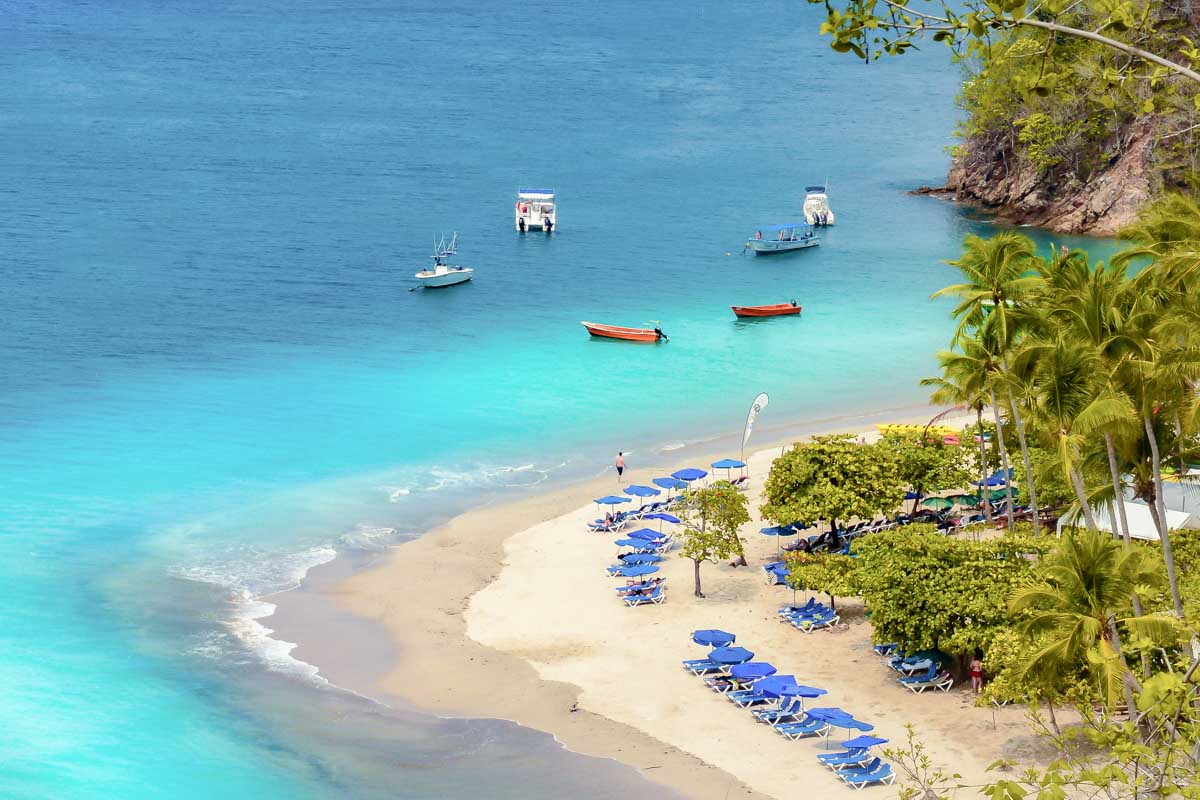
Tortuga Island is off the Pacific Coast of Costa Rica along the southeastern shoreline of the Nicoya Peninsula. It’s an excellent day trip if you’re visiting the Nicoya Peninsula and looking for a new place to explore.
Tortuga Island is located within the Islas Negritos Biological Reserve . This is a protected area of flora and fauna, so the diversity of the plants and animals here is amazing – especially the ones you’ll spot in the water!
To get here, you’ll need to take a boat tour (you can browse all of the options here or read more on that below!). Popular spots to leave from include Montezuma , Santa Teresa , Jaco , Paquera , and San Jose .
3. Do you need to visit Tortuga Island on a tour?
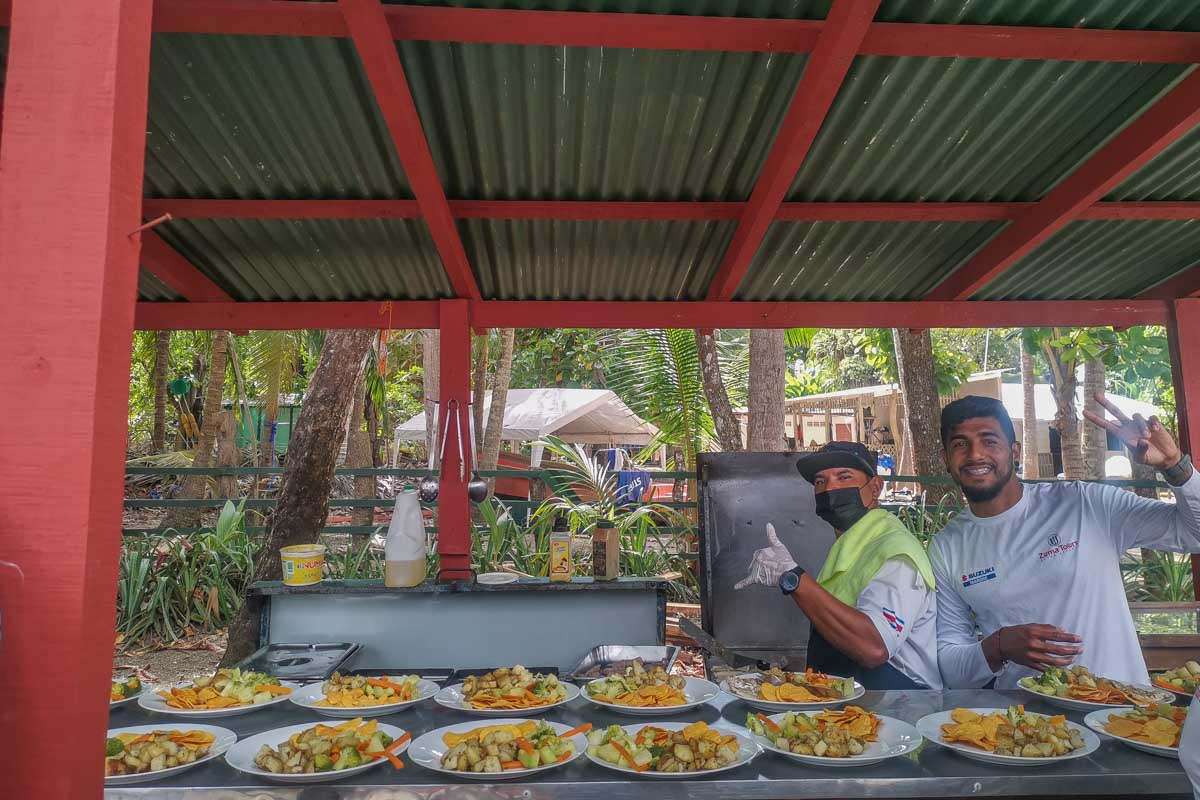
Yes! Tortuga Island, Costa Rica is only accessible by boat and requires a tour to visit. Typically you’ll book a full-day Tortuga Island tour that will leave from wherever you’re staying in the morning, have you spend the day on the island, and then bring you back in the evening.
You can expect a 45-minute boat ride from Jaco and more like 20 minutes from Paquera . From destinations like San Jose, you’ll have to first drive to the coast (also included in the tour) before getting on the boat.
What I love about the boat ride out to Tortuga Island is how scenic it is! Truly, this is an enjoyable experience all on its own before you even set foot on the island. You’ll see fantastic views from the boat including Cocalito Falls (one of the nicest waterfalls in Costa Rica ), and you might even spot some dolphins!
It’s important you pack all you’ll need for a full day away – think beachy things like sunscreen and a towel, hiking gear like bug spray, and good shoes and snorkeling gear if you have it or it’s not included already on your tour.
4. Where can you do tours to Tortuga Island from?

Tortuga Island is often considered one of the best tours in all of Costa Rica ! Tortuga Island tours leave from a variety of destinations including Montezuma, Santa Teresa, Paquera, Jaco, San Jose, and Puntarenas . If you’re in staying in one of those areas , I have tour recommendations for each of them! We personally went with Zuma Tours from Montezuma and highly recommend them.
While there are often last-minute spots to Tortuga Island and you don’t need to book too far in advance, tours can fill up. If you’re going to be here in the super popular times to visit Costa Rica around Christmas, New Year’s, or Spring Break, make sure you grab a ticket at least a week in advance.
Montezuma
Departing from Montezuma Beach, this full-day snorkeling tour to Tortuga Island starts with a 45-minute boat ride – keep an eye out for dolphins, turtles, and humpback whales. The boat will anchor near the island for two hours of snorkeling among volcanic rock reefs before you head to shore for fresh BBQ fish lunch. Enjoy a free afternoon to hike, swim, rent a kayak or relax at the beach before taking a boat back to Montezuma. The total tour cost is $80 USD.
Santa Teresa
Your Tortuga Island tour starts with a shuttle pick-up from your hotel in Santa Teresa at 8 am. You’ll then head to Montezuma Beach to hop aboard a boat to the island. Enjoy the scenery as you cruise to the best snorkeling spots in the area, and add on a scuba diving excursion if you’re interested (and certified!). Lunch is included as well as some free time to explore the island. The cost is $99 USD per person, increasing to $160 USD if you want to scuba dive.
Paquera
The closest spot to leave from, this small-group snorkeling tour departs from the beach in nearby Paquera. It’s only a 20-minute boat ride before you’re at the beautiful volcanic rock reef surrounded by stunning blue waters. Snorkel around angelfish, needlefish, spotted eagle rays, and more! Then, trade in your snorkeling mask for your sunglasses and enjoy some time on the beach. Fresh fruits and drinks are included along with all snorkeling equipment for this tour costing $55 USD per person – the cheapest of all the Tortuga Island tours!
Jaco
Because Tortuga Island is a bit further from Jaco, make sure you book a tour like this one that has a speed boat. That means you’ll still get lots of time to enjoy the island during your day trip. The tour also includes a stop at Tarcoles River to see crocodiles ( the famous Crocodile Bridge ), a visit to Negritos Island Wildlife Reserve to see spider monkeys, a stop at the impressive Nicoya stone arch, and snorkeling. Lunch is included in the $115 USD tour, but there is an additional transportation cost of $25 USD.
San Jose
If you’re going to be around Costa Rica’s capital city, you’re not too far to journey to make one of the best day trips from San Jose to the island. Join this full-day tour to be whisked away to a private island paradise. You’ll be aboard a large cruise ship and get to enjoy views of the island before you arrive. Once you’re here, you can swim or relax on the beach and enjoy the lunch that is provided. The cost of the tour is $133 USD and doesn’t include snorkeling equipment, but you can rent that once you arrive on the island.
Puntarenas
Join this private Tortuga Island tour to escape the crowds and personalize your experience on this magical island. You’ll leave from Puntarenas by boat and see dolphins swimming nearby as you pass a spectacular stone arch. Snorkeling is included once you arrive at the island along with a yummy lunch of ceviche or grilled chicken. It’s $115 USD to book your spot.
5. When is the best time to visit Tortuga Island?
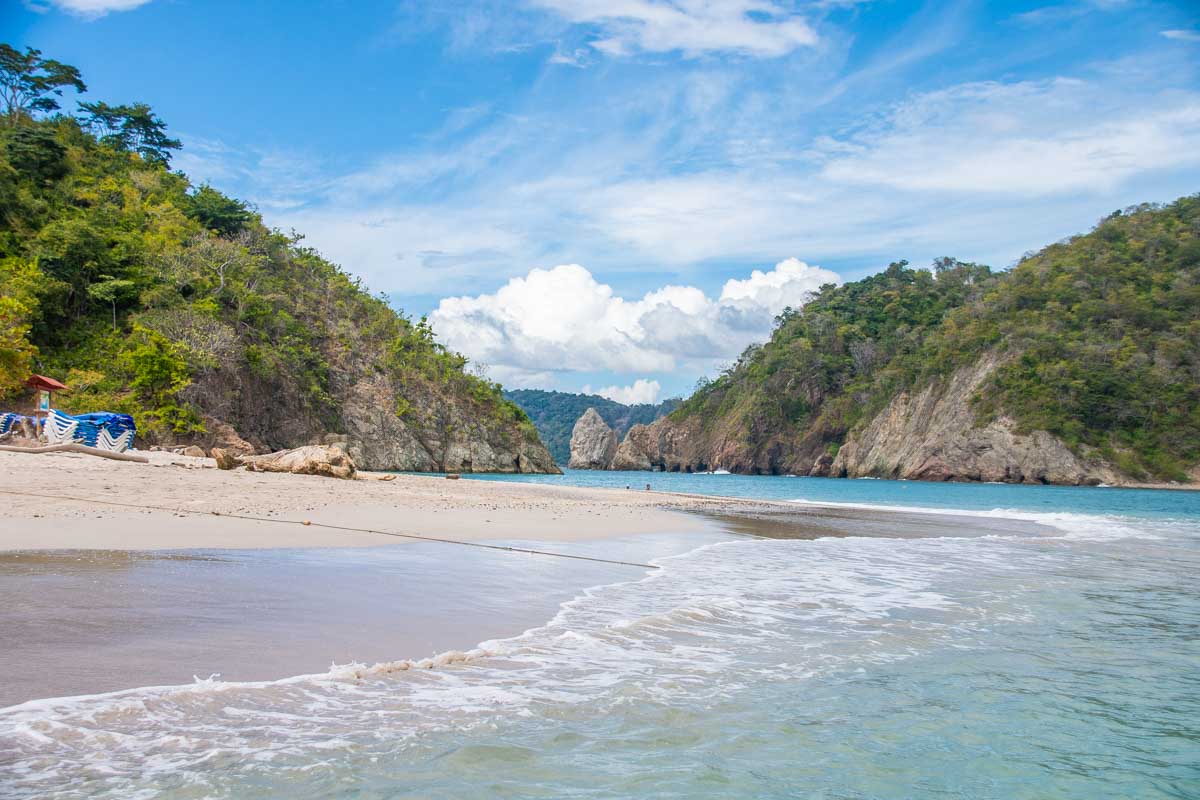
As you’re planning a trip here, one of the most important things to keep in mind is when to go. We’ve found the best time to visit Costa Rica is during the dry season. This is also true for Tortuga Island!
You’ll ideally want to come here between December and April. You’re more likely to have days full of sunshine, good visibility in the water, and not much rain.
Because this is purely an outdoor day trip, you’re going to want the best shot at clear skies and good weather, which you’ll find during the dry season.
If you are here outside of those months, don’t count out a trip here. The water temperature and visibility around Tortuga Island are pretty consistent, so snorkeling is good year-round. Just bring a rain jacket in case you need it on the boat.
6. What do most tours to Tortuga Island include?
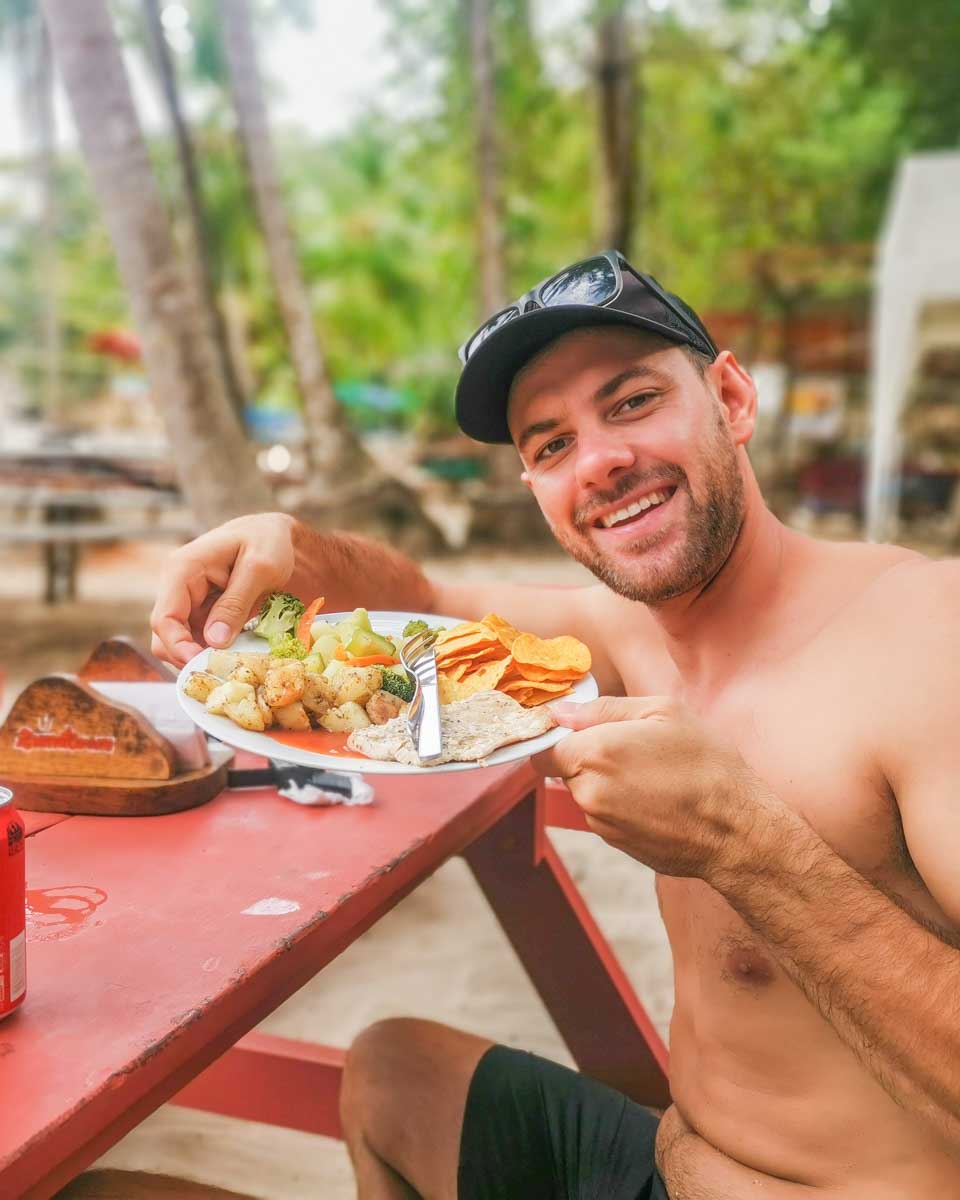
All tours to Tortuga Island include a boat trip out where you’ll enjoy some incredible views along the way. The boat ride itself is really enjoyable, and that’s before you even get to the island! Make sure you keep an eye out for playful dolphins and if you’re really lucky, you might spot a whale.
A lot of tours also include some type of BBQ-style lunch. Often there’s a fish or chicken option along with non-alcoholic drinks (some tours include beer, too, though!) If your tour doesn’t include lunch or you get hungry after lunch, pack snacks or grab something to eat at one of the local spots on the island. Bring cash in this case.
A lot of tours will also offer snorkeling – which I highly recommend. Make sure to check what’s included in your tour though as not all tours include snorkeling equipment. If you do book a tour that doesn’t include snorkeling, don’t worry. You can easily rent snorkeling equipment on the island for $20 USD.
What’s nice about day trips to Tortuga Island is that most tour companies leave the afternoon for you to have free time here. You’ll have a few hours to relax, play volleyball, snorkel, kayak, or drink lots of coco locos!
7. Facilities on Tortuga Island
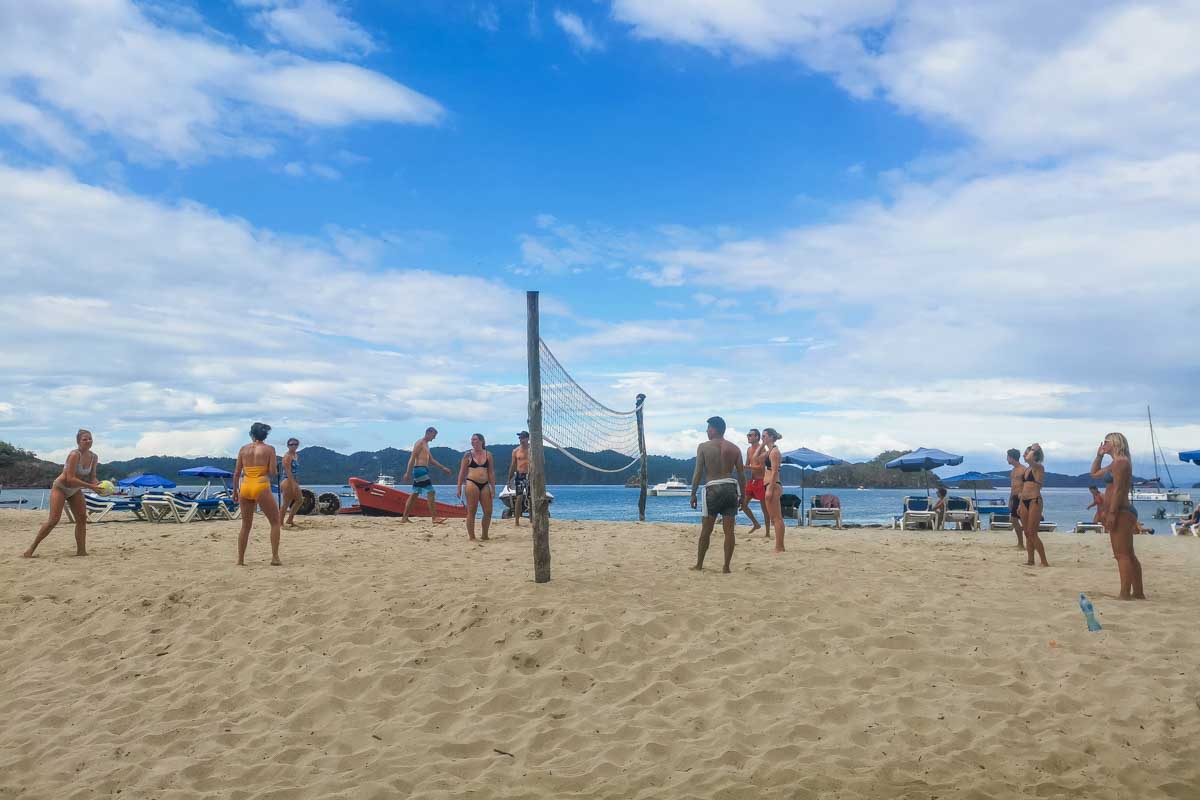
While there aren’t any hotels on the island, there are still plenty of facilities to make this a comfortable day trip. You won’t be roughing it, I promise!
There are washrooms, a little gift shop, and picnic tables along the beach. You’ll also find beach bars and restaurants so you can eat and drink to your heart’s delight. There’s everything from delicious seafood dishes to some of the best traditional Costa Rican food like Gallo Pinto. A lot of the tours will include lunch, so you may just need to buy yourself snacks and drinks if you get hungry after that.
For activities, there are rental shops for things like kayaks, standup paddleboards, jet skis, and snorkeling gear. There’s a volleyball court and if you’re craving beach time, you can also rent things like beach umbrellas and chairs. Be aware that the prices here tend to be a little on the higher side (no competition on a tiny island!), so bring cash with you.
8. Things to do on Tortuga Island
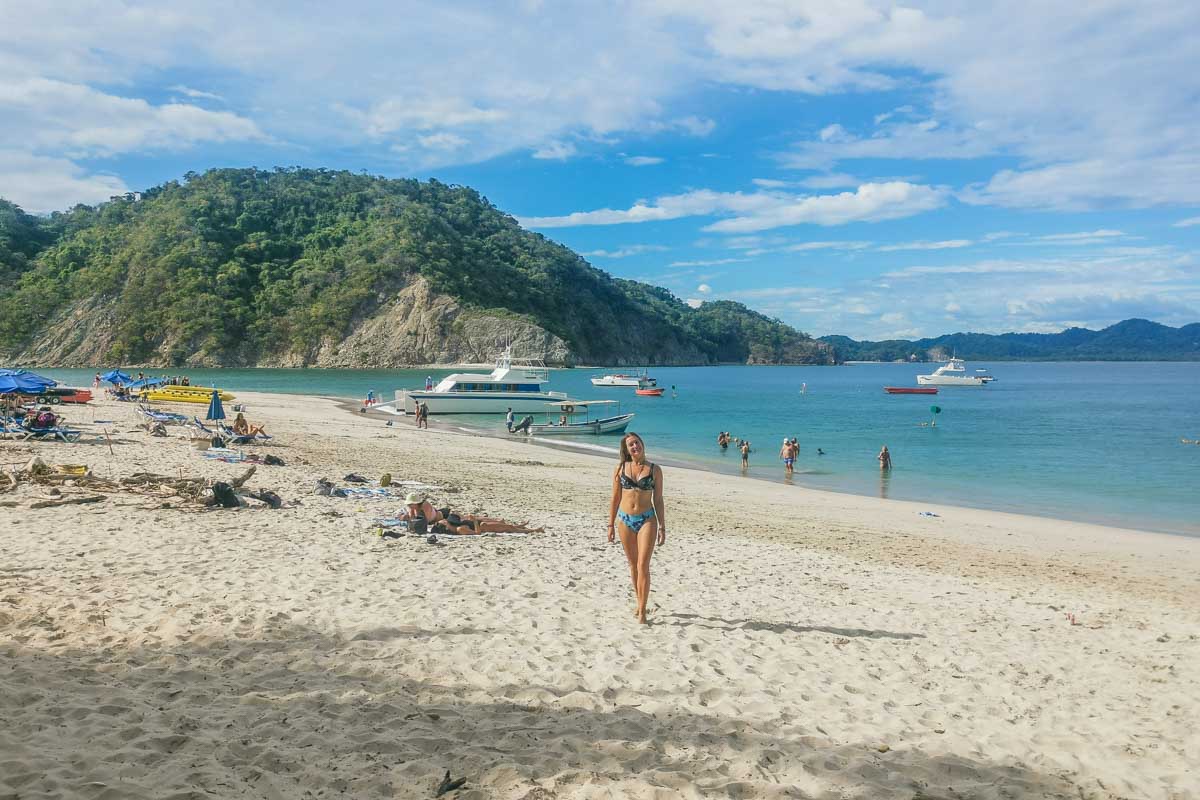
Once you’re on Tortuga Island, Costa Rica there are so many fun things to do in such a small space!
My personal favorite and truly a must if you’ve come all the way here is to go snorkeling. The crystal-clear waters have incredible visibility of 100 feet (30 meters) on sunny days. You’ll be able to see tons of fish and some pretty cool creatures like manta rays or an octopus – we LOVED the snorkeling here. If your tour doesn’t include snorkeling, you can book a snorkeling tour on the island for $20 USD, or if you just want the equipment, it’s $6 USD for an hour.
There are also some nice trails through the forested part of the island that are good for hiking. The paths wind through the lush jungle that’s home to a ton of wildlife and some beautiful scenery as you can hike to a nice lookout spot.
Try a SUP to gently paddle through the waters around the island. It’s $10 USD for 30 minutes or $20 USD for an hour. They also have group SUP boards (which are larger and wider) so you can fit an entire family on one! Those are $40 for one hour.
Going kayaking is also really nice on the calm waters here. I love gliding along and seeing the sunlight sparkle off the waves! They are single kayaks available for $5 USD for 30 minutes or $10 USD for an hour or double kayaks for $8 USD for 30 minutes and $15 USD for a full hour.
The best free activity on Tortuga Island is to relax on the beach. Soak in the incredible views in this tropical paradise or take a dip in the shimmering blue waters. There is a swimming zone for anyone interested in jumping in.
Other beach activities include volleyball or renting a beach chair to sit and read or suntan. Beach chair rentals are available for $7 USD for the entire day. Use of the volleyball nets is free.
One of the best things to have in hand while you’re relaxing on the beach is a cold drink. The bar here has some great options – whether you’re looking for something with alcohol or not. A lot of the drinks can be served in coconuts too, which is really fun. The coco locos here are $6 USD with rum (they are generous with it, too) or only $2 USD without.
If heading out on the water is in your plans, there are a ton of options. You can go on a banana boat ride where you’ll be towed behind a boat on an inflatable boat that’s yellow and shaped like a banana. This is $6 USD for the 15-minute ride. Or, use your own power (it’s a workout for the legs!) aboard a pedal boat. These are $12 USD for 30 minutes or $20 USD for an hour.
You can go a bit faster on the water with a jet ski! These are super fun to drive. Rentals here are $30 USD for 15 minutes, $50 USD for 30 minutes, and $100 USD for an hour.
Related Read: Keep the beach vibes going after you leave Tortuga Island and check out some of the best beaches in Costa Rica during your trip!
9. Is the snorkeling on Tortuga Island good?
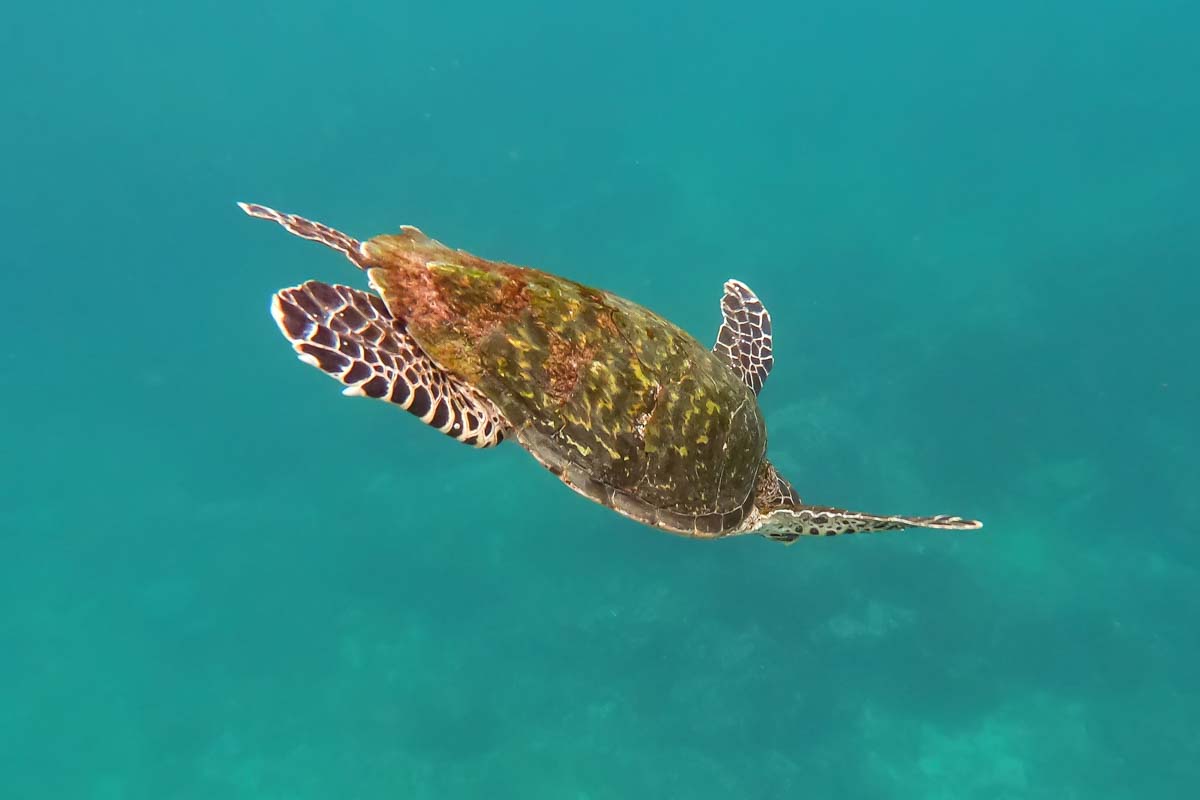
If you’re only able to go snorkeling in one place in Costa Rica, do it here! This is some of the best snorkeling we’ve done in the entire country.
The reefs around Tortuga Island are stunning and you’ll be able to swim amongst angelfish, parrot fish, green sea turtles, puffer fish, coral fish, reef sharks (not dangerous sharks, just curious ones!), manta rays, octopus, and more. The water is so clear on sunny days here that you can easily see 100 feet (30 meters) ahead of you.
Pack a camera that can go underwater so you can capture just a bit of what you see. But pictures don’t do it justice!
10. What should I bring to Tortuga Island?
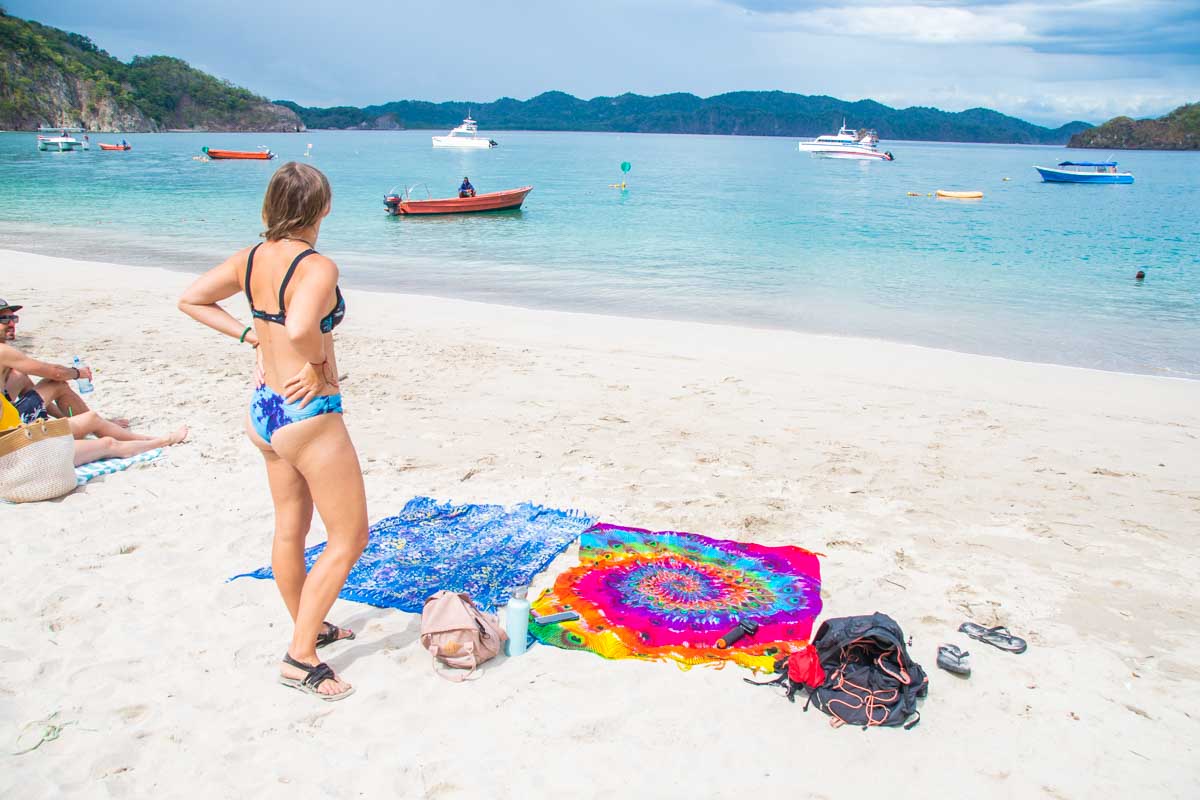
One of the most important things to bring is cash! There’s a wide variety of things to do here and lots require some type of rental fee. You’ll also want cash for drinks or food.
You’ll also want to pack all the essentials you’ll need for a beachy day trip. That means have a beach bag with a swimsuit, towel, reef-safe sunscreen, hat, and sunglasses. It’s also good to have some snacks in case you get hungry and motion sickness tablets to take for the boat ride here and back if you tend to get seasick.
A dry bag isn’t a bad idea either for the boat ride in case it gets rough. You’ll also have to wade in the water to get on and off the boat, so a dry bag is smart in case you get splashed or slip (this actually happened to a guy on our tour…when he was getting off the boat he slipped and ended up completely submerged under the water! Don’t worry, he was fine, just very wet.)
11. Is Tortuga Island suitable for kids?

Yes, kids of all ages can have fun on Tortuga Island. If you want to go snorkeling, the tours include life jackets. However, it’s best if kids and adults are strong swimmers as the water is deep.
The beach on the island is great for little ones as the water is calm, so it’s perfect for splashing and the sand here is great for making sand castles!
If your kids are a bit older, they’ll love some of the activities like a banana boat ride or paddling in a kayak. With younger kids, have them help you spot wildlife on the boat ride over – they’ll LOVE seeing the dolphins.
12. Is the boat ride to Tortuga Island rough?
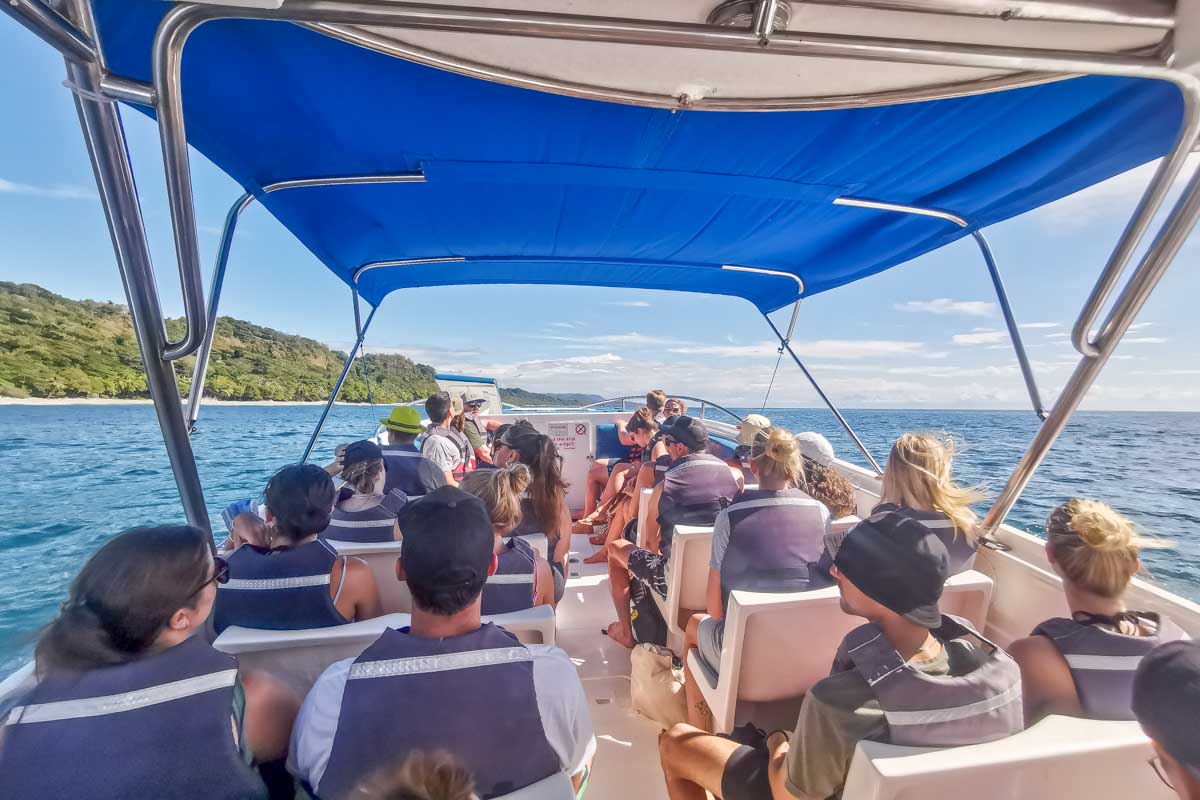
On most days, the boat ride over isn’t too rough. Most tour boats will hug the coast for as long as they can before heading out.
However, the ocean around here can get swells large enough to bump the boat around a bit. If you are prone to getting sea sick, have some motion sickness tablets with you and pick a tour destination closer to the island.
The shortest boat ride is from Paquera which is only 20 minutes. The longest boat ride is from Jaco at 1.5 hours.
With that said, I (Bailey) am somebody who does often get seasick, and I didn’t even the least bit on our Totruga Island tour because the water was that calm.
13. Can you see wildlife on the boat to Tortuga Island?

Yes, the boat ride over is a great opportunity to enjoy some time on the open ocean and spot wildlife. Dolphins are really common and will sometimes catch a ride on the waves your boat creates. If you happen to see spinner dolphins, they might even put on a show jumping out of the waves and twirling for you!
Sometimes you can also spot turtles and manta rays swimming in the waters beside the boat as well.
If you’re really lucky and here during whale watching season, you might even spot a humpback whale. The most likely time to spot whales here is from July to November (the best time to go whale watching in Costa Rica !) or from December to March. If you’re here in August and September, that’s when the whales are raising their babies near Costa Rica!
Related Read: If you have your heart set on seeing whales, visit Marino Ballena National Park near Uvita – one of the best national parks in Costa Rica ! It even has an unbelievable sandbar shaped like a whale’s tail.
14. Can you stay overnight on Tortuga Island?
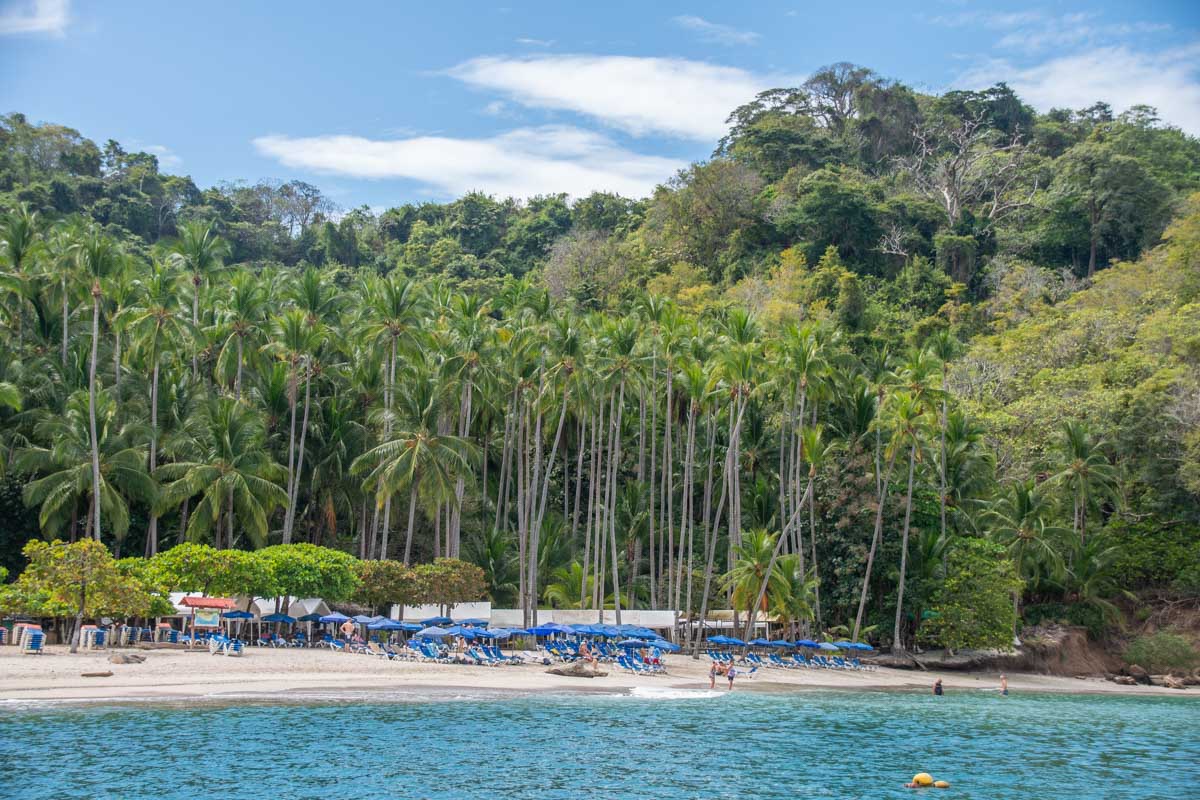
No, there are no hotels or accommodations on the island.
If getting out to Tortuga Island is a must, stay in a location where you can easily book a day trip to the island. We have recommendations for where to stay in Jaco , accommodations in Santa Teresa , and the best hotels in Montezuma .
15. Do we recommend visiting Tortuga Island?
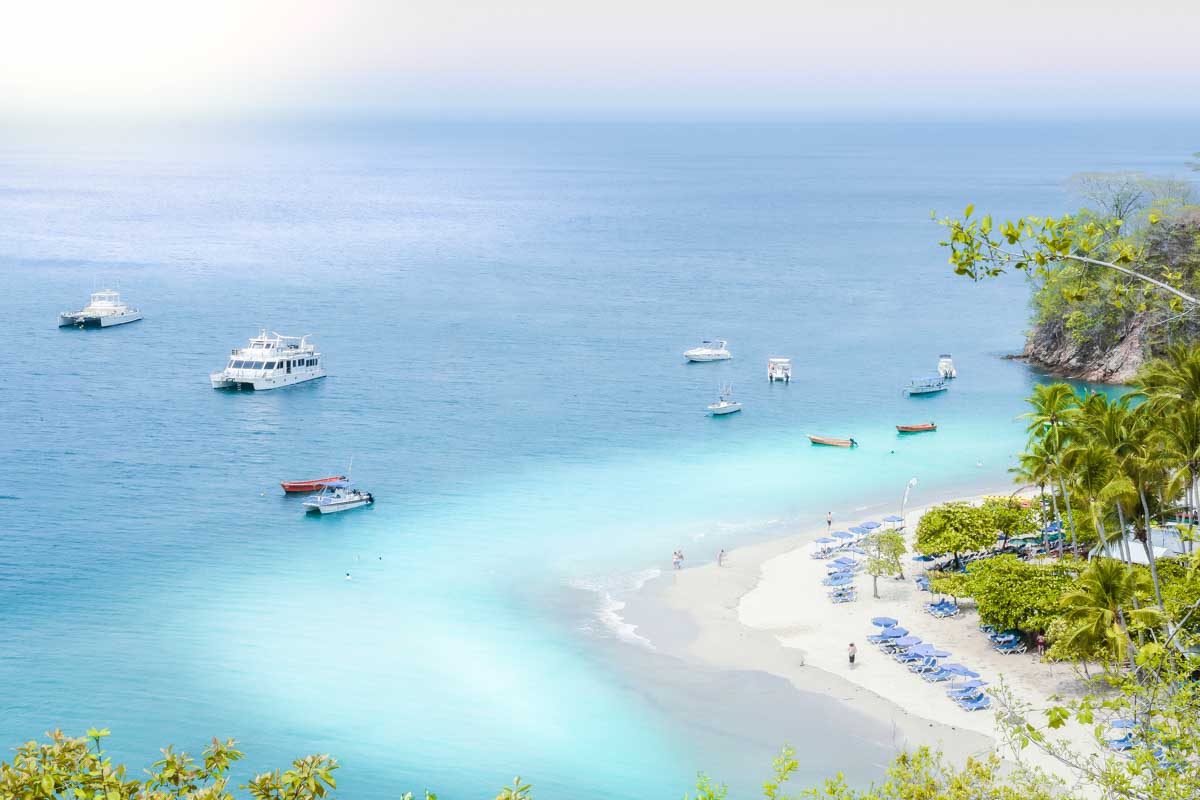
YES!! This is a fantastic mini-getaway to an island with some of the best snorkeling spots we’ve found. It’s a protected area where there’s plenty of wildlife and a gorgeous beach to relax on.
Plus, we’ve found that booking a tour means so many of the details are taken care of for you. No need to stress about transportation or what you’ll do once you’re here – there are so many different activities to try!
A trip to Tortuga Island, Costa Rica is a nice day trip to schedule partway through your vacation. Then you’re ready to explore a new place, but you’ll still be able to return back to your hotel at the end of the day.
Getting Around Costa Rica
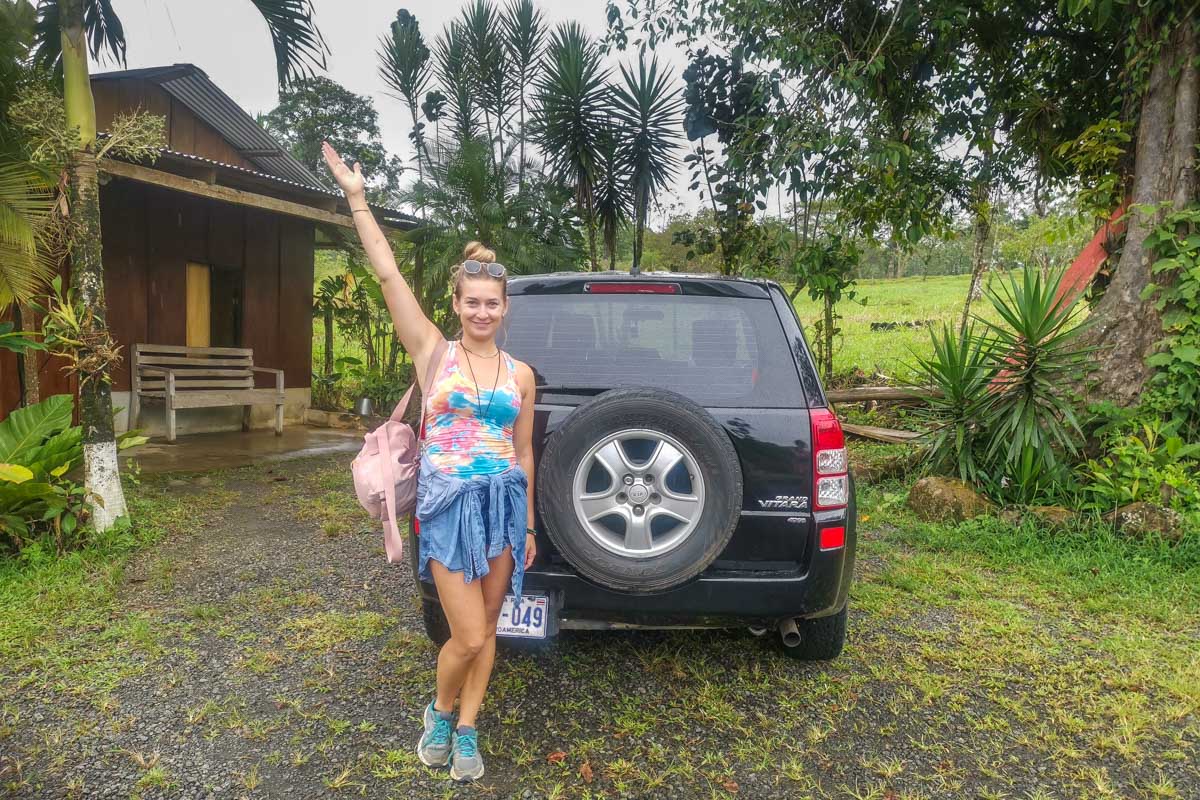
How you choose to get around Costa Rica is one of the biggest decisions you’ll make when planning your holiday here! How you do it depends on your budget, travel style, and comfort level.
Renting a Car
Without a doubt, the number one way to explore Costa Rica is in a rental car. We book rental cars on the Discover Cars website as we have had good experiences with them in the past.
One of the things you need to watch for when renting a car in Costa Rica is the mandatory insurance that the government requires you to have. There are a lot of very cheap rentals that don’t include this mandatory insurance (TPL) in the original booking price, but there are also ones that do. To avoid additional surprise charges when you pick up your rental car, be sure to rent a car that includes the mandatory insurance when you book.
Thankfully, on Discover Cars it’s easy to tell apart the companies that include the mandatory insurance and those that don’t. The trick is you can’t pick any car on their website. In the picture below, you can see this rental car, with pick up in Jaco, includes the TPL. That means the mandatory insurance is included in the price. Any cover you get above that is extra.
Of course, I still suggest getting the full coverage offered by Discover Cars, which covers you even more.
You can browse cars on Discover Cars here .

Book Shuttles
If renting a car isn’t in your budget, you don’t feel comfortable driving in Costa Rica , or you just don’t like driving, shuttles are the next best option. There are hundreds of shuttle routes available all over the country, and they are very affordable.
Shuttles in Costa Rica are specifically for tourists and often include pick up and drop off at your selected hotels and airports. The drivers also speak some English, and the vehicles have air conditioning. You’ll also be guaranteed a seat when you book a shuttle (which isn’t the case with the public bus system.)
To get the best price, use the website Bookaway . They compare all the offers and prices of shuttle companies in Costa Rica so you get the best price! Honestly, we have saved so much money using Bookaway!
You can search for shuttles online on Bookaway here.
Lastly, you can use the public bus system. On short journeys, such as from San Jose to La Fortuna or Uvita to Manuel Antonio, this system is great. However, the longer the journey the more hassle and time spent on a bus. It’s undoubtedly best to save the public bus in Costa Rica for short and straightforward trips!
The public buses are definitely the cheapest way to get around Costa Rica, but they are not always very reliable and schedules often change without notice and delays are to be expected. The buses can also be very crowded and hot – so just be prepared!
It’s also good to speak some Spanish if you plan on riding the public bus since most drivers and ticket booth operators don’t speak English.
Pura Vida!

Thanks so much for reading our guide to Tortuga Island and all the things to do before visiting this beautiful place. Heading out to this small island is a great day trip destination that feels like escaping to a whole new place! If you have any questions or are curious about our travels to Costa Rica, feel free to comment or send us a message.
Don’t forget to check out some of our other Costa Rica blogs as you plan your dream trip to this beautiful part of the world:
Things to know before visiting Rio Celeste – ULTIMATE GUIDE
MUST-VISIT volcanoes in Costa Rica
BEST things to do in Nosara, Costa Rica
barbara holm
Sunday 5th of February 2023
We are staying in esterillos oeste , we are a group of 14- 8 adults, 6 little ones. 9 snorkelers, 1 scuba . Which tour to the island would cover all those bases?
Costa Rica Travel Life
Monday 20th of February 2023
Hey Barbara,
You would need to simply do the regular tour of the island. This includes two snorkeling spots but no diving. Unfortunately, there are no boats that do both diving and snorkeling, especially with your ratio. This is because the boats are set up differently.
Thanks Bailey
or with email
- Costa Rica >
- Puntarenas >
Tortuga Island
Click here for map and more information
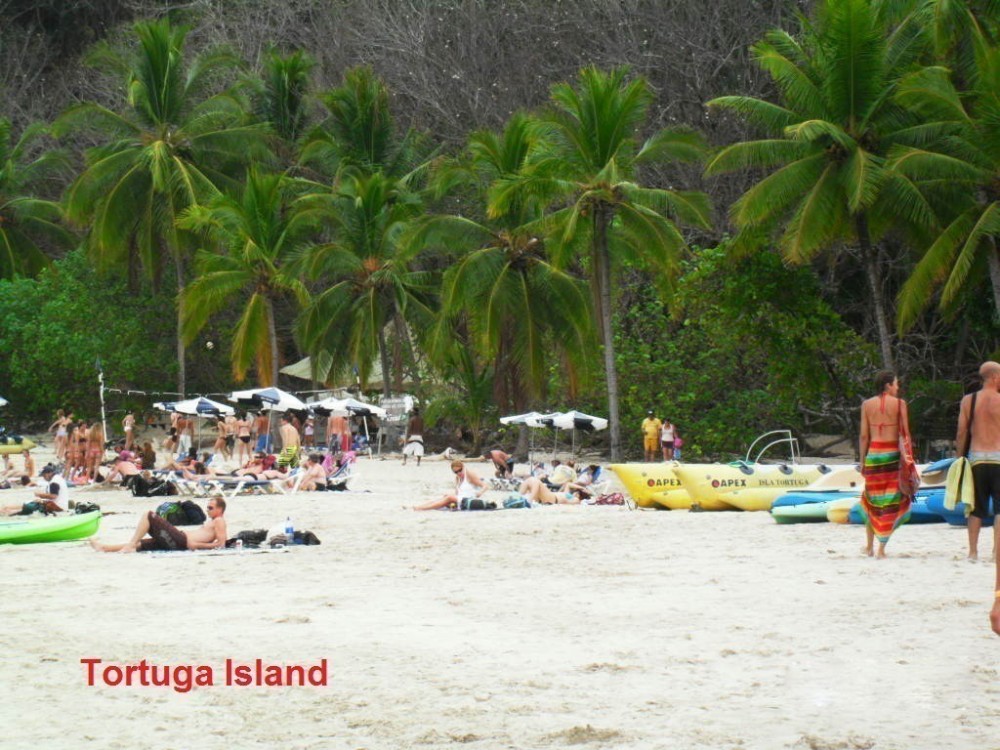
Share via social media or copy the url above!
Other Activities Around Tortuga Island

Transportation
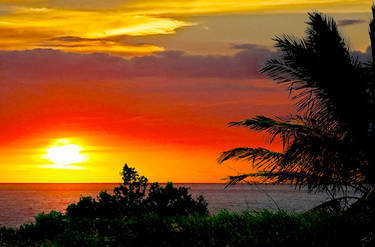
Sightseeing
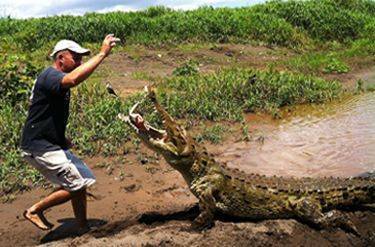
ATV & Off Road Tours
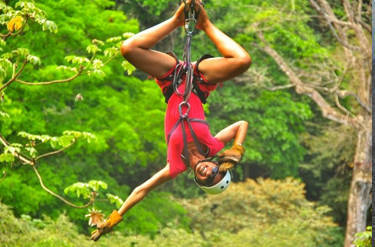
Cano Island
Damas Island
Catalina Island
Nicoya Peninsula
Tortuga Beach
Tortuguero Canals
Manzanillo Beach
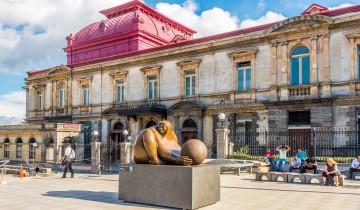
Costa Rica Pura Vida Tour - 6D/5N
San Jose City tour: Explore our Capital City, San Jose, with a professional guide. Touring the main Streets and Avenues, know Parque Metropolitano La Sabana (the largest park in the middle of the city). In the heart of the city, know our Central Park, which dates from 1885, the main Roman Catholic Cathedral, The Melico Salazar Theater and the National Theater, our most important masterpiece and most beautiful building we have in Costa Rica. Once on here, you will be able to visit this unique place with our guide, who will explain to you its history and importance for the Costa Rican Culture. Inaugurated on October 19, 1897, our jewel is still our maximum cultural center at the national and international levels. Next to the National Theater, it is the Plaza de la Cultura. A very popular square where different public and open-air activities are carried out daily. Below the square is one of our most important museums. The Gold Museum. This is belonging to the Central Bank of Costa Rica and its own the largest Pre-Columbian Gold pieces found in our country. Explore this amazing museum with our guide and learn about our origins, Pre-Columbian era, and evolution of our culture and territories. After this, you will visit Barrio Otoya and Barrio Amon, two of the most traditional neighborhoods, Parque España, Metal School, The Yellow House (host of our Ministry of Foreign Affairs), The National Center of Culture, The Parque Nacional with our National Monument (representing the Rivas and Santa Rosa Battle), Our National Congress, The National Museum, The old Train Station, The National Library, The Electoral Tribunal, and Democracy Square, Parque Morazán and Music Temple, and much more. Private Tour to La Paz Waterfall Gardens: The tour begins at your hotel, where you hop on a luxury air-conditioned motor coach or private 4X4 Deluxe vehicle for a one-hour drive along scenic roads, passing quaint villages on your way to the beautiful complex of La Paz Waterfall Gardens. La Paz Waterfall Gardens is the 1 Most Visited Privately Owned Ecological Attraction in Costa Rica featuring the best hiking near San José, the most famous waterfalls in Costa Rica, rescued wildlife preserve with over 100 species of animals, and an environmental education program. With the fine attention and explanations of our naturalist tour guide, enjoy Five waterfalls, cloud forest, and rain forest, safe hiking trails, an aviary with numerous species of birds, toucan feeding, insect exhibit, butterfly observatory, capuchin (white-faced) monkeys, black-handed spider monkeys, hummingbird garden with 26 documented species, hummingbird hand feeding in the mornings and afternoons, serpentarium (snake exhibit), jaguars, pumas, ocelots, margays, traditional typical house with a petting zoo and ox cart, ranarium (frog exhibit), orchid exhibit, heliconia exhibit. All these offered at one place, makes us the best eco park in Costa Rica. Our tour includes a delicious Buffet Lunch. It includes multiple selections of Traditional Costa Rican Dishes, Full Salad Bar, Pizza, Garlic Bread, French Fries, Fresh Fruits, Rice Pudding, and unlimited Fresh Fruit Juice, Coffee and Tea. Tortuga Island Tour: The tour starts from your hotel very early in the morning. This day will be dedicated to enjoying the sea on a luxury tour on a Catamaran. The tour begins in San Jose and we will travel by bus for about 2 hours until we reach Puntarenas, the main port and province in the Pacific Ocean of Costa Rica. Throughout our tour, you will learn about the history of the islands of the Gulf of Nicoya, being able to understand the efforts we make at the country level, for the conservation of natural ecosystems, our history, and culture. Respecting the idiosyncrasy of Costa Ricans and with the desire to allow our tourists to enjoy their folklore, during their stay on Tortuga Island we offer them a wide musical space with Costa Rican marimba, whose musicians will share a variety of stories, Costa Rican music and typical music of this beautiful country. The tour will be a wonderful day at the beach on the white sand of Tortuga Island and you will enjoy a delicious lunch on the beach. In addition, our tour gives you the opportunity to do the Snorkeling and Banana Boat activities, at no additional cost. Back in the port in the afternoon, our captain will take your passengers on an exploration trip through the Islands of the Gulf of Nicoya. As we tour the Islands, they will learn about our history and the importance of this area in the natural wealth of Costa Rica. The Islands of the Gulf of Nicoya are bird sanctuaries, (pelicans, frigates, and others), rich in biodiversity and history. Private Tour to Irazu Volcano, Cartago & Hot Springs: Irazú Volcano National Park is a National Park in the Central Volcanic Conservation Area of Costa Rica. The Crater Principal lake has an unusual greenish yellow coloring caused by rainfall dissolving the minerals along the crater's walls. It has also been known to change color to rust-red depending on the minerals present. The volcano's summit has several craters, one of which contains Diego de la Haya, a green crater lake of variable depth. At 11,260 feet (3,432 m), the Irazú Volcano is the highest active volcano in Costa Rica. It is easily visited from San José, with a road leading right up to the summit craters. From the top, it is possible to see both the Atlantic and Pacific Oceans on a clear day. However, such clear days are rare, and the volcano's summit is usually cloud-covered. After the visit to the volcano, you will enjoy the beauty of the Orosi Valley and Town. Orosi Church is an Iconic place. This small town puts travelers in an ideal spot to view some of the country's most historic landmarks, including the Iglesia de San Jose de Orosi, which was built in 1743 and is the oldest church in the country still in use today. The church's whitewashed walls and classic Spanish-colonial architecture are a testament to the long hours and artistic dedication that went into this church's design. Nearby this town, we will continue our journey to Rio Perlas, a beautiful Hotel and Hot Springs complex where you will be able to have a great lunch and enjoy the thermal pool, gardens, and rainforest.

Jungle & Islands Cultural Expedition - 5D/4N
On this trip, you will enjoy the feeling of total isolation from urban life and the realness of being connected with nature. Amazing views of this virgin tropical rainforest area appear before your eyes as you descend this true exploratory land. Wildlife is abundant, with sloth, toucans, parrots, coatis, morpho butterflies, and colorful frogs being common sights. The Pacuare River is not an overly challenging river, but it has some nice rapids, therefore giving you an adventure filled with lots of fun. Located in the northern lowlands of Costa Rica, the impressive Arenal Volcano is a National Park that attracts thousands and thousands of tourists due to its beauty and recent past volcanic activity. Back in the '80s, the volcano was very active, but now has reduced its activity and we could say that it has entered a period of calm. However, the beauty of the Volcano and the surroundings are just spectacular. Once in La Fortuna Town, a sightseeing tour will show you the highlights of the area and its rich diversity of tourist attractions, ecosystems, the lake, culture, customs & traditions of this emblematic town of Costa Rica. The La Fortuna Waterfall is one of the best things to see when you come to the Arenal Area! You will love the hike down to this waterfall near the town of La Fortuna because you can see all the natural beauty of the rainforest as well as the birds and wildlife that live there. Once you arrive at the La Fortuna Waterfall, prepare to be blown away by the beauty of this impressive waterfall near the Arenal Volcano! You will also be able to swim and take amazing photos! Particularly enchanting for its beauty, Tortuga Island is known for its immaculate white sand beach and turquoise waters, a perfect stop for swimming, snorkeling, and Calypso's famous lunch. For passenger safety and convenience Manta Raya has a bow ramp that allows her passengers to disembark directly onto the beach. Sip cold wine in the shade of white umbrellas at tables covered with white linen and be served the midday feast. A sumptuous delight featured in Gourmet Magazine starts with a ceviche appetizer and followed by a medley of salads. The main dish is a delightful BBQ breast of chicken covered in a mouthwatering tropical sauce accompanied by julienned vegetables all cooked fresh on the grill by Calypso's expert crew. The Captain and his crew are the masters of this seascape. They are seasoned mariners who will convey their love of Costa Rica to you. Sightseeing, sunbathing, diving, exploring, swimming, eating, drinking, and relaxing.

Select Account Type
Sign-up with
Almost there!
Find booking.
How should we contact you?
Thank you! We'll get back to you as soon as possible!
Click here to register and track your question!
If you would like to follow up with us:
+1 (855) 782-3006
Forgot your password?
Enter your email address below and we'll send you a reset link:

IMAGES
VIDEO
COMMENTS
Get around. 20°0′8″N 72°47′27″W. Map of Tortuga (Haiti) Public transport is done by motorbikes. The prices can be a bit funny. Lots of negotiating might be required. You might see one car but there are no taxis. To get to the other side of the island is too steep for motorbikes, so you can go with them to a certain point, and then ...
Tortuga Island (French: Île de la Tortue, IPA: [il də la tɔʁty]; Haitian Creole: Latòti; Spanish: Isla Tortuga, IPA: [ˈisla toɾˈtuɣa], Turtle Island) is a Caribbean island that forms part of Haiti, off the northwest coast of Hispaniola.It constitutes the commune of Île de la Tortue in the Port-de-Paix arrondissement of the Nord-Ouest department of Haiti.
Lesser-Known Attractions and Sites. Tortuga Island harbors hidden gems and lesser-known attractions that offer a more intimate and authentic experience. Explore these off-the-beaten-path sites to uncover the island's hidden treasures: ... in the Caribbean Sea, and it is shared by two countries: Haiti and the Dominican Republic. The western ...
Tortuga Island, also known as Ile de la Tortue in French, is a Caribbean island located off the northern coast of Haiti, going through Port-de-Paix across the
Tortuga Island, also known as Île de la Tortue, is a popular tourist destination located off the northwest coast of Haiti. The island has a rich history that dates back to the 15th century when Christopher Columbus discovered it during his second voyage to the Americas.
The Truth about Tortuga. Just off the northern coast of the mainland of Haiti is the rocky Caribbean island that is synonymous in fact, and fiction, with piracy, Tortuga. Tortuga was discovered on 6 December 1492, by Christopher Columbus, who named it after a turtle's shell, because of the way the island emerged from the morning mist.
Cities near Tortuga Island. Places of interest. Cap-Haitien Labadee Mole Saint-Nicolas Bord-De-Mer de Jean-Rabel Dot Vaudreuil Gonaives Milot Cormier Rival Beach Limbe Ennery Port-de-Paix Bombardopolis Plaine-du-Nord. Travel guide resource for your visit to Tortuga Island. Discover the best of Tortuga Island so you can plan your trip right.
Our primary goal is to address the issue of medical care on Tortuga Island and neighboring provinces. We need to serve a population of over 60,000, who are at any given moment more than 3 hours away from the nearest medical facility, if the transportation is available. For most Tortugais, a trip to the hospital means an hour's walk , a 20 ...
Tortuga Island played a pivotal role in the establishment of a French colony in Espanola. L'ile de la Tortue or Tortuga Island is haped as a sea-tortoise, stands off the northern coast of Haiti. It is very mountainous and full of rocks; yet, it is hugely dense of lofty trees that grow upon the hardest of those rocks. The rocks are abundant on ...
Tortuga Island (French: Île de la Tortue, Haitian Creole: Il Latòti) is a Caribbean island that forms part of Haiti.It is off the northwest coast of Hispaniola.Its Taíno name was Baynei.. During the 17th century, the island was an important centre for Caribbean piracy where pirates traded their stolen goods from ships and towns and stayed for days before going out to try to capture other ships.
The island was named "tortuga" (Spanish for turtle) by Christopher Columbus, who discovered the island in 1492. It soon after became a haven for pirates. It fell outside the jurisdiction of the Royal Navy, so anarchy and unruliness became the norm. It was featured in the modern-day film, Pirates of the Caribbean .
Room in Tortuga. Haiti Private Surf House Room #1. For a short or long stay on island La Tortue, Haiti. This place is perfect for Kite Surfers. Ile de la Tortue is an idyllic location, a comfortable and uncomplicated getaway. Ile de la Tortue is an idyllic location, a comfortable and uncomplicated g
Haiti is seeking to generate much more than a few thousand cruise ship visitors after reaching a memorandum of understanding last week with Carnival Corp. to build a $70 million cruise ship pier and facility on Tortuga Island.
1,038 reviews. #1 of 24 things to do in Puntarenas. Islands. Open now. 8:00 AM - 5:00 PM. Write a review. About. Alcatraz and Tolinga—two tiny islands that make up Tortuga Island, off the Costa Rican coast—make for a perfect day trip in the Puntaneras region. Take a catamaran tour from Montezuma to spot dolphins frolicking in the ocean on ...
Save when you book Tortuga Island package deals. Packages. Stays. Flights. Choose two or more items and save on your trip: Stay added. Flight added. Add a car. 1 room, 2 travelers.
Description: Caribbean island that forms part of Haiti. Categories: island and locality. Location: Port-de-Paix Arrondissement, Nord-Ouest, Northern Haiti, Haiti, Caribbean, North America. View on OpenStreetMap. Latitude. 20.0318° or 20° 1' 55" north. Longitude. -72.7048° or 72° 42' 17" west. Population.
Tortuga Island is separated of the north coast of Haiti by an 8.9 to 15 km strait called the Canal de la Tortue ("La Tortue Channel"). The island is 37.5 km long and about 7 km wide, with an area of 193 km².There are not high mountains but most of the land is between 240 and 300 metres high; the highest point is Morne La Visite (340 m).. The island is a commune (like municipality), in the ...
Travel to beautiful Tortuga Island by catamaran, relax in hot springs at Arenal Volcano, enjoy thrilling white-water rafting on the Pacuare River, and more. This tour will appeal to travelers with a range of interests. 5 days. from. $1,350.00.
Tortuga Island enjoys a tropical savanna climate (with dry winter) in accordance with the Köppen-Geiger classification. The yearly average maximum temperature in Tortuga Island is 86°F (ranging from 83°F in january to 90°F in july). Annual rainfall is 63.3in, with a minimum of 1.1in in december and a maximum of 9.8in in may.
Yes! Tortuga Island, Costa Rica is only accessible by boat and requires a tour to visit. Typically you'll book a full-day Tortuga Island tour that will leave from wherever you're staying in the morning, have you spend the day on the island, and then bring you back in the evening.. You can expect a 45-minute boat ride from Jaco and more like 20 minutes from Paquera.
Prices fromUS$ 775Per Person. Jungle & Islands Cultural Expedition - 5D/4N. Transportation, 7 More Activities. San Jose, Costa Rica. 5 Days. Per PersonUS$ 1,350. From Los Sueños Resort and Marina: Tortuga Island | Day Tour. Boating, 3 More Activities. Puntarenas, Costa Rica.
Tortue Island, Caribbean island off the northern coast of Haiti opposite Port-de-Paix.European adventurers settled Tortue in 1629, in conjunction with trying to establish a foothold on the neighbouring island of Hispaniola (now comprising Haiti and the Dominican Republic). Known as filibusters and buccaneers, these "Brethren of the Coast" harassed Spanish shipping.
This video shows you a full day at Tortuga Island Tour, in Costa Rica. What a beautiful day snorkeling, swimming, beer drinking and new friends. We went to t...